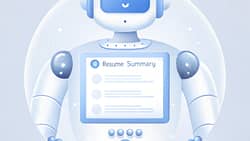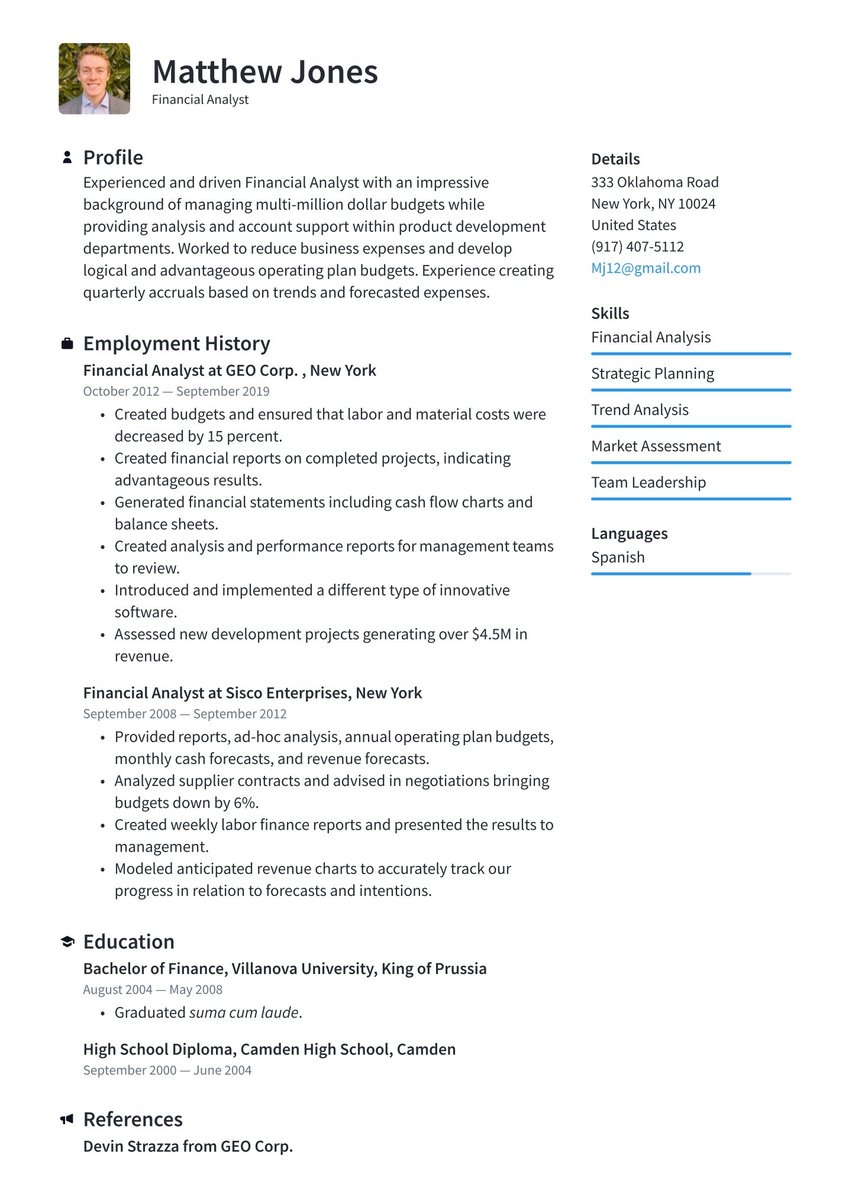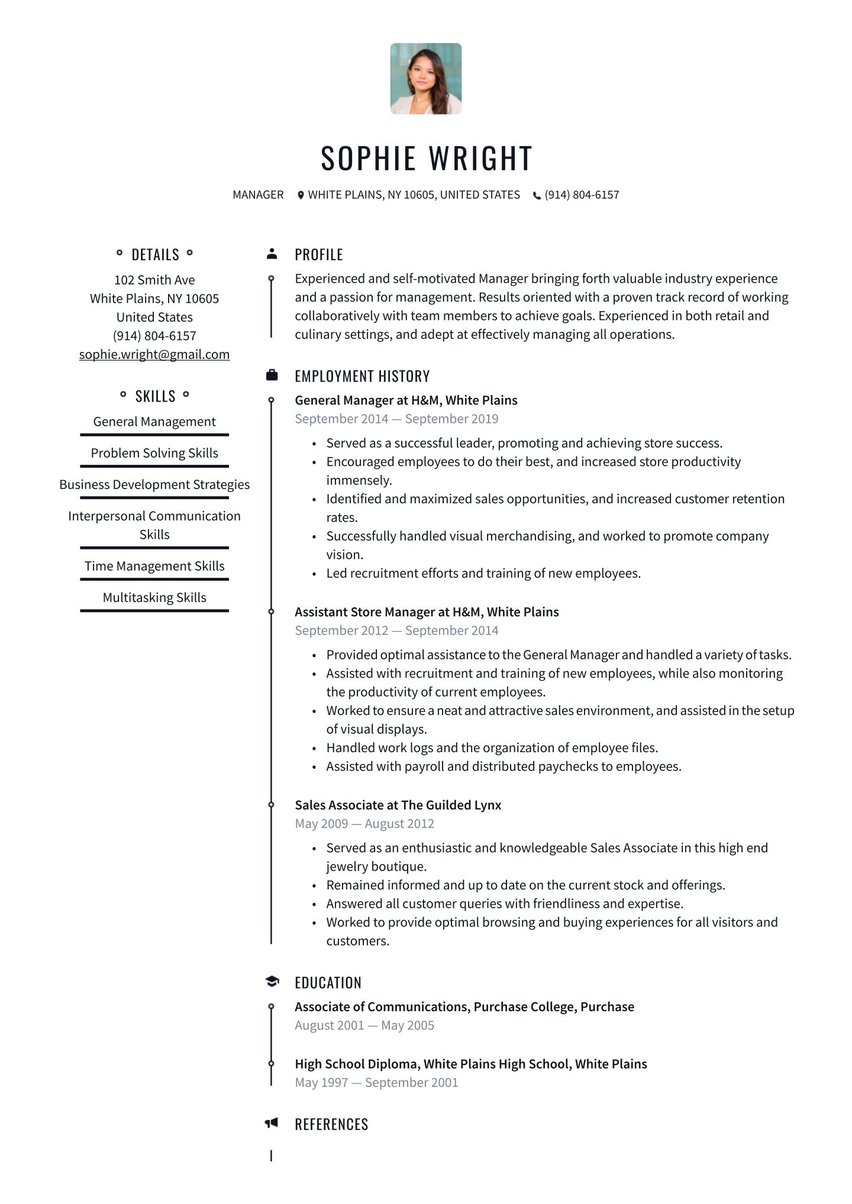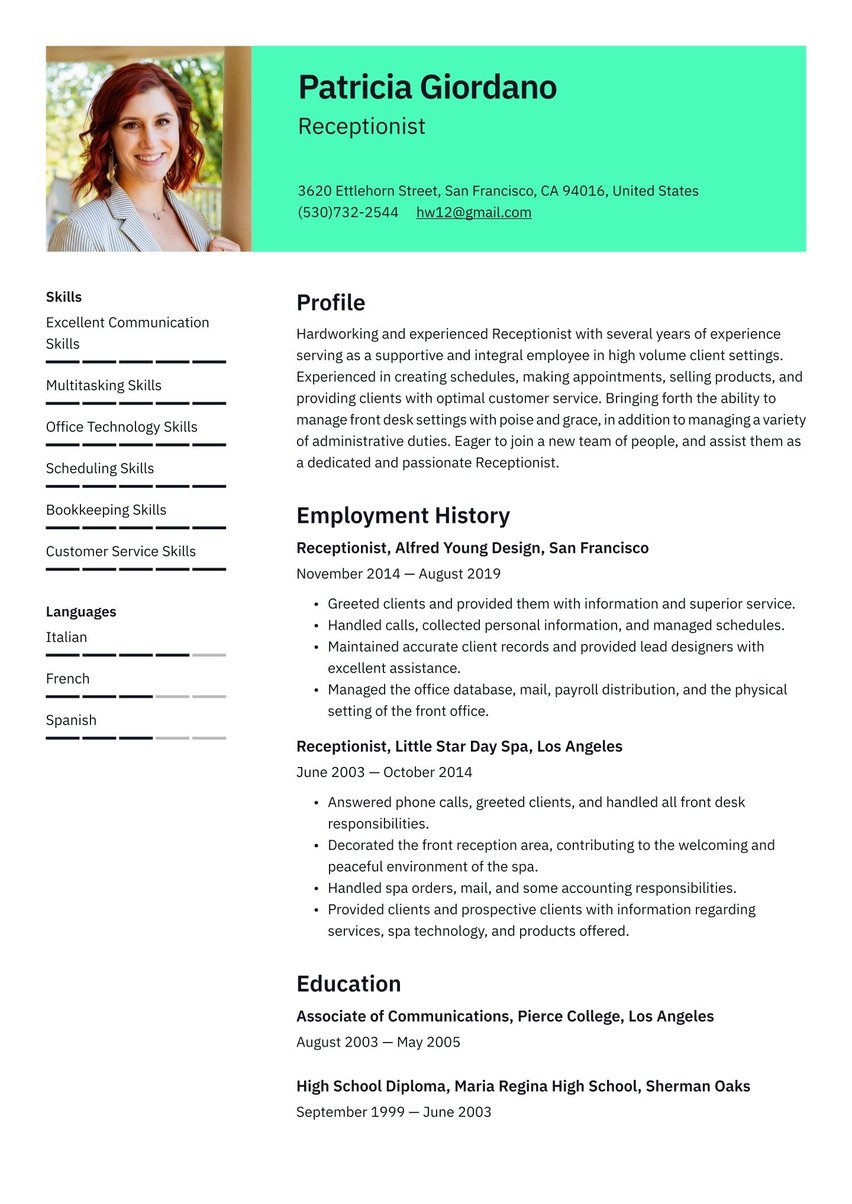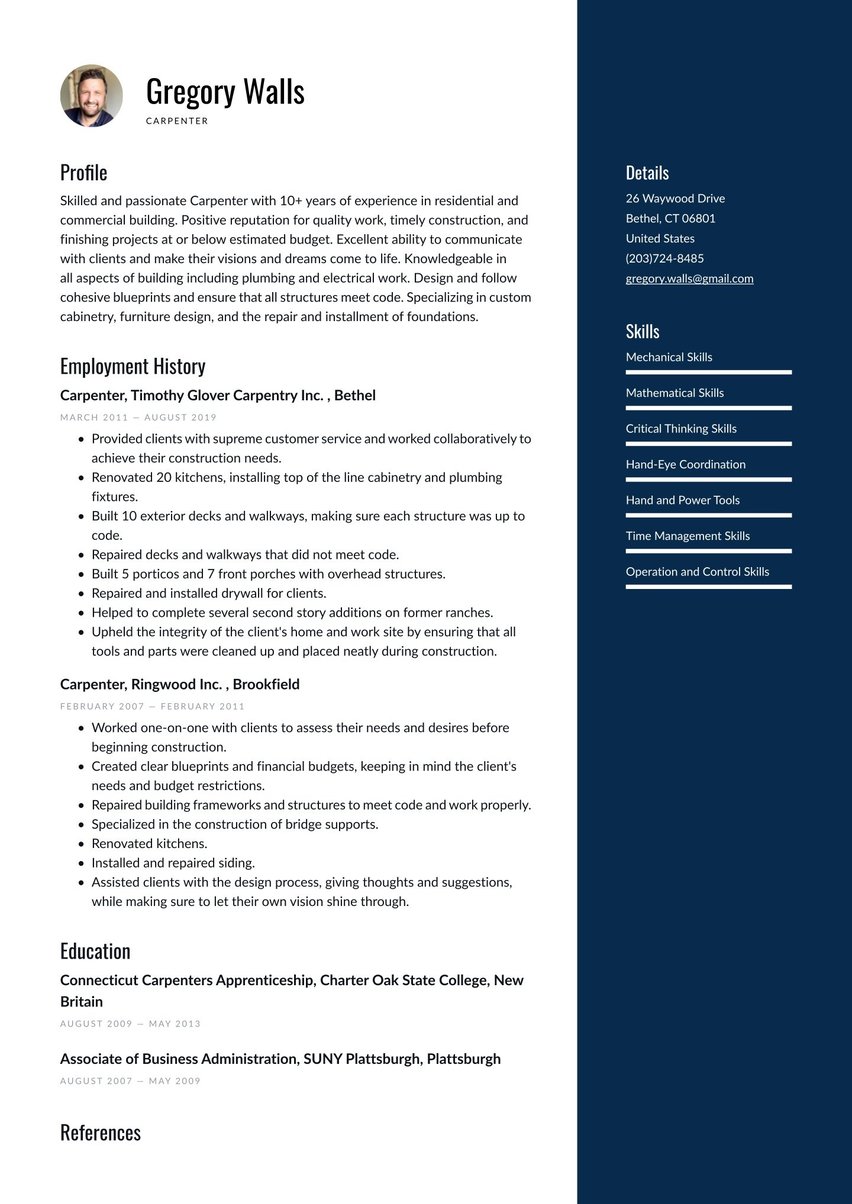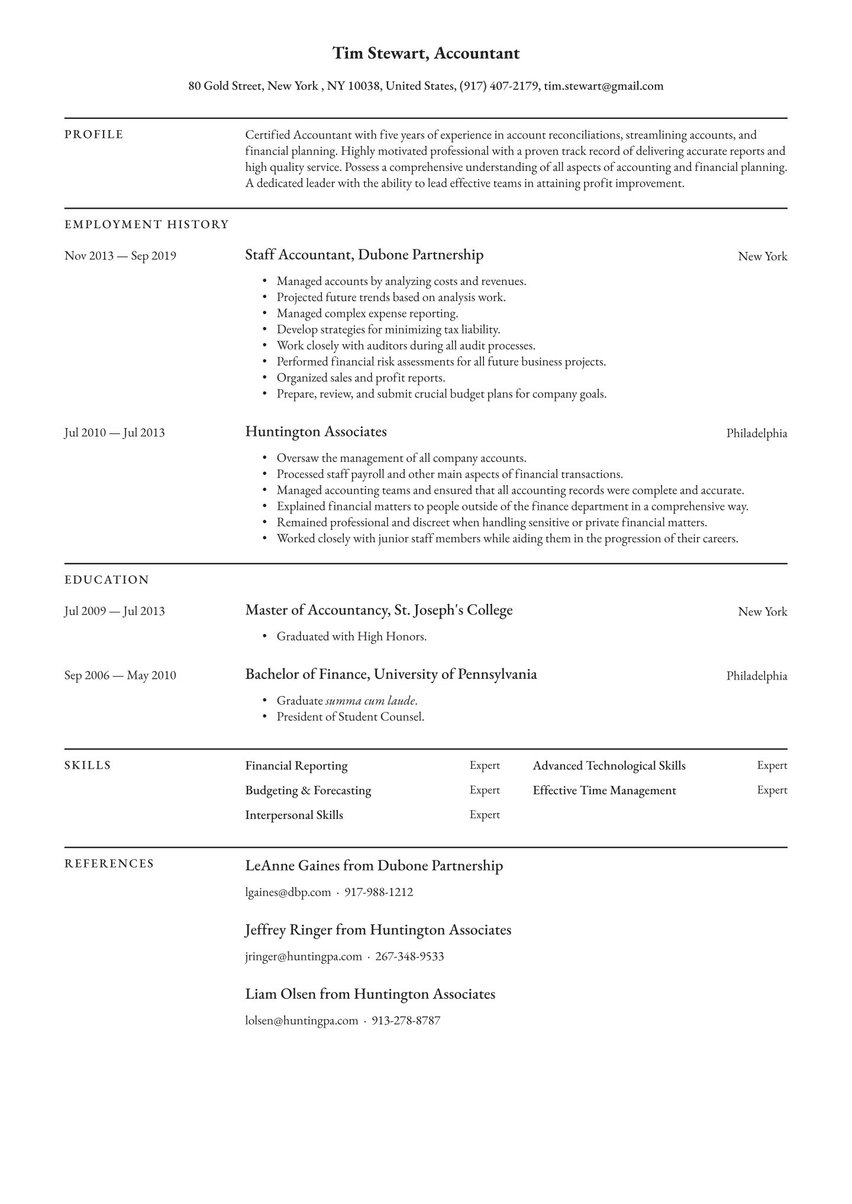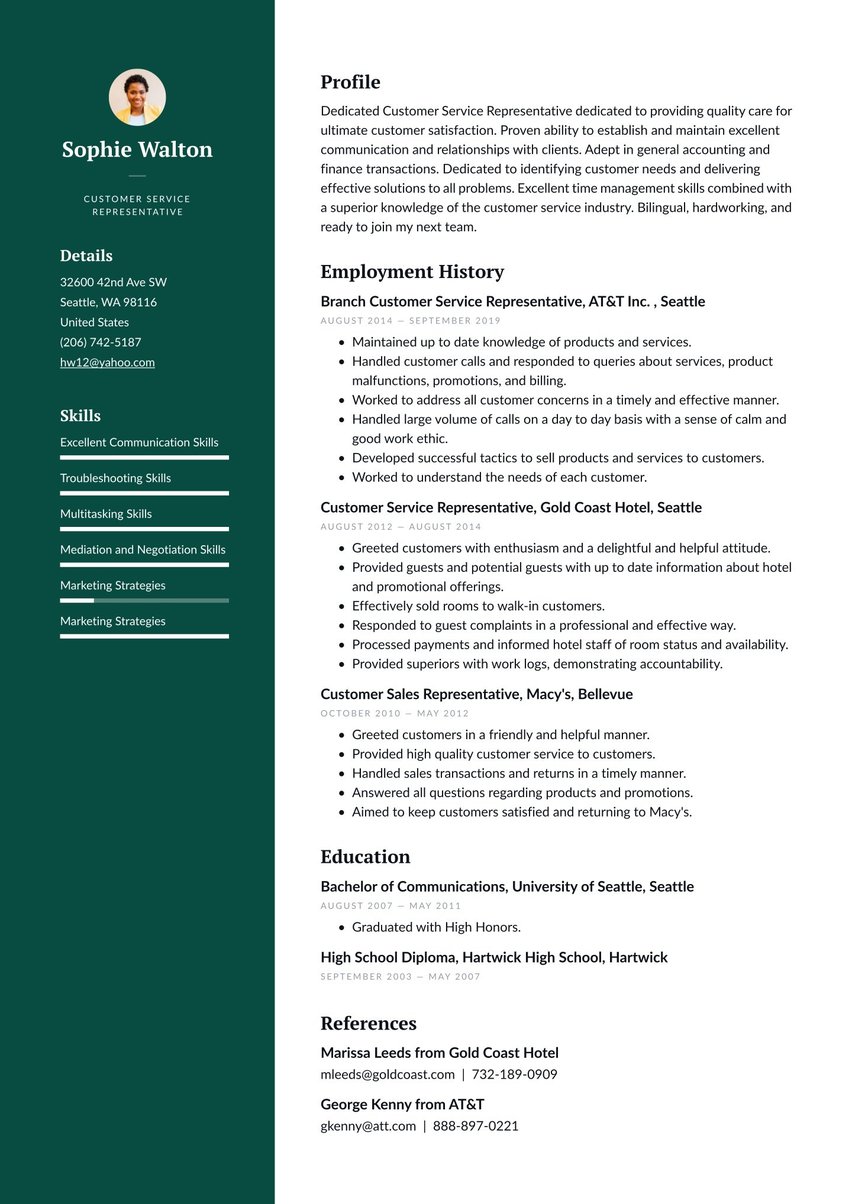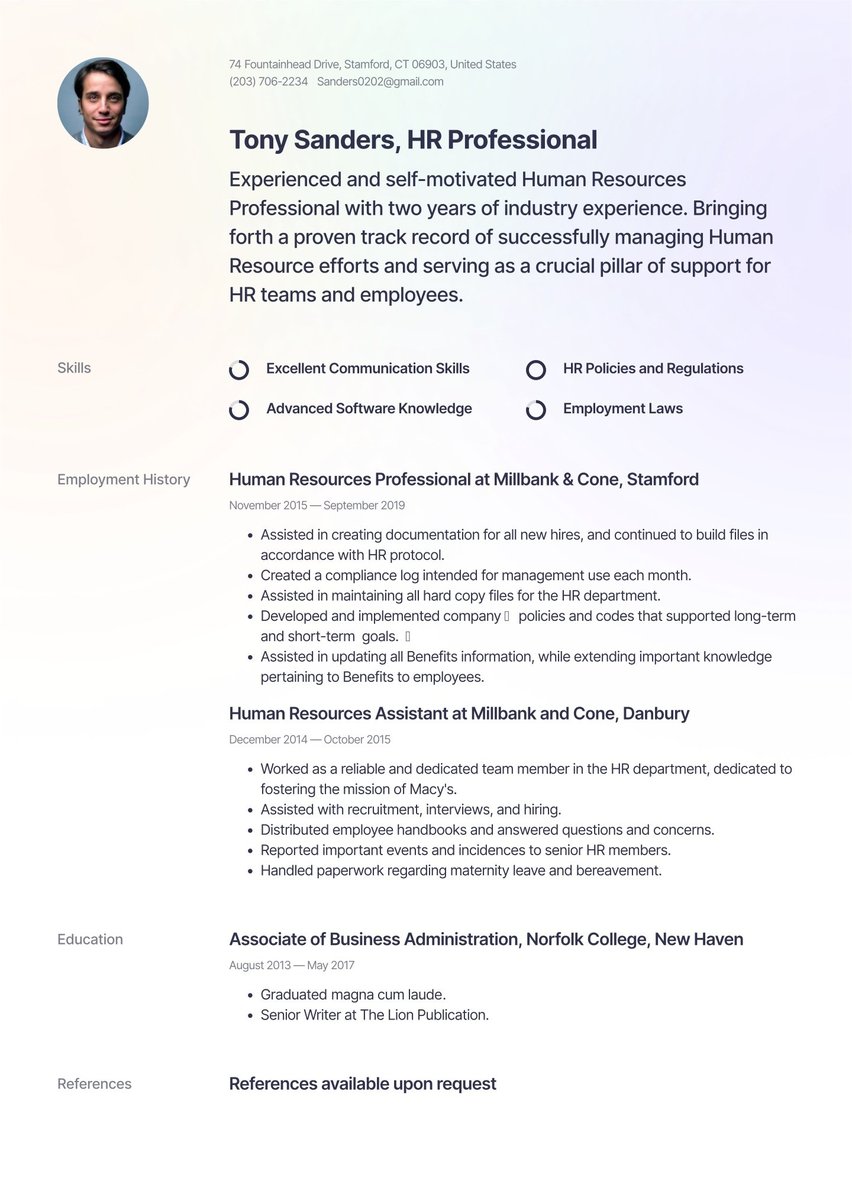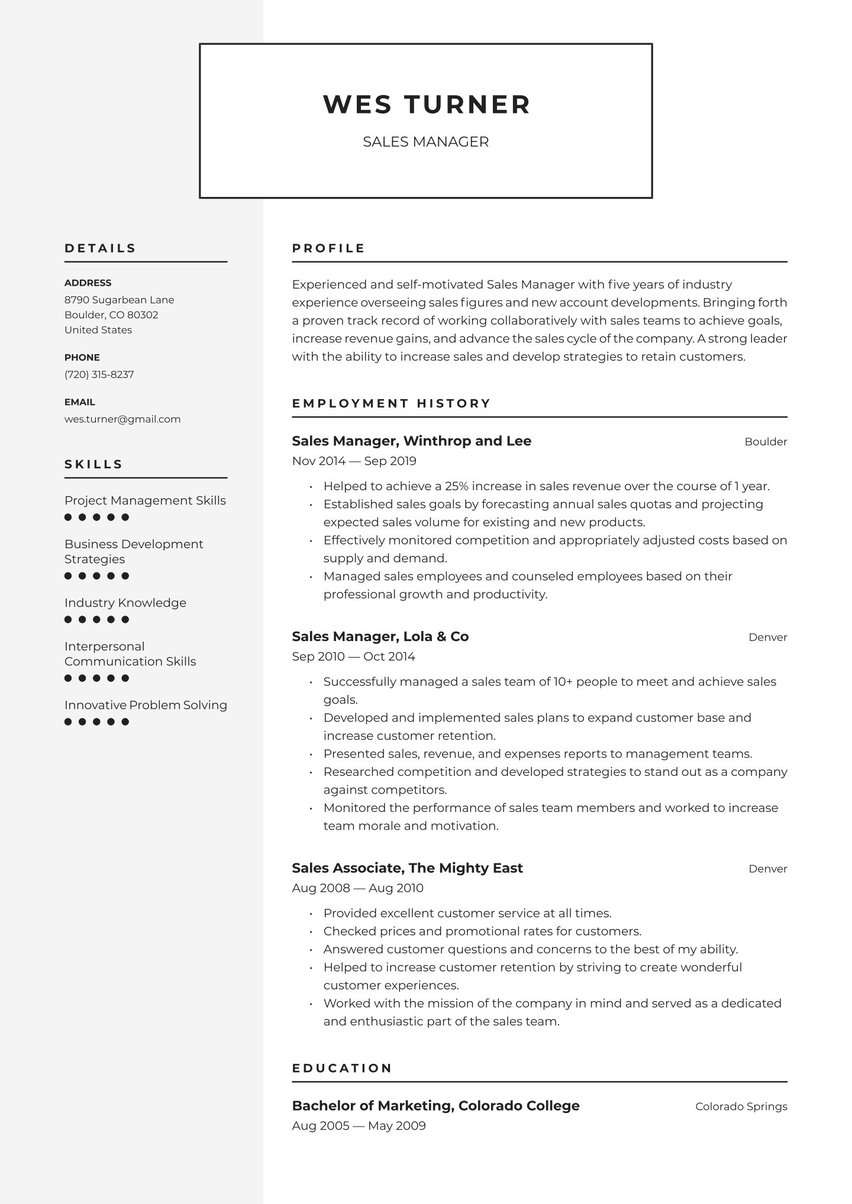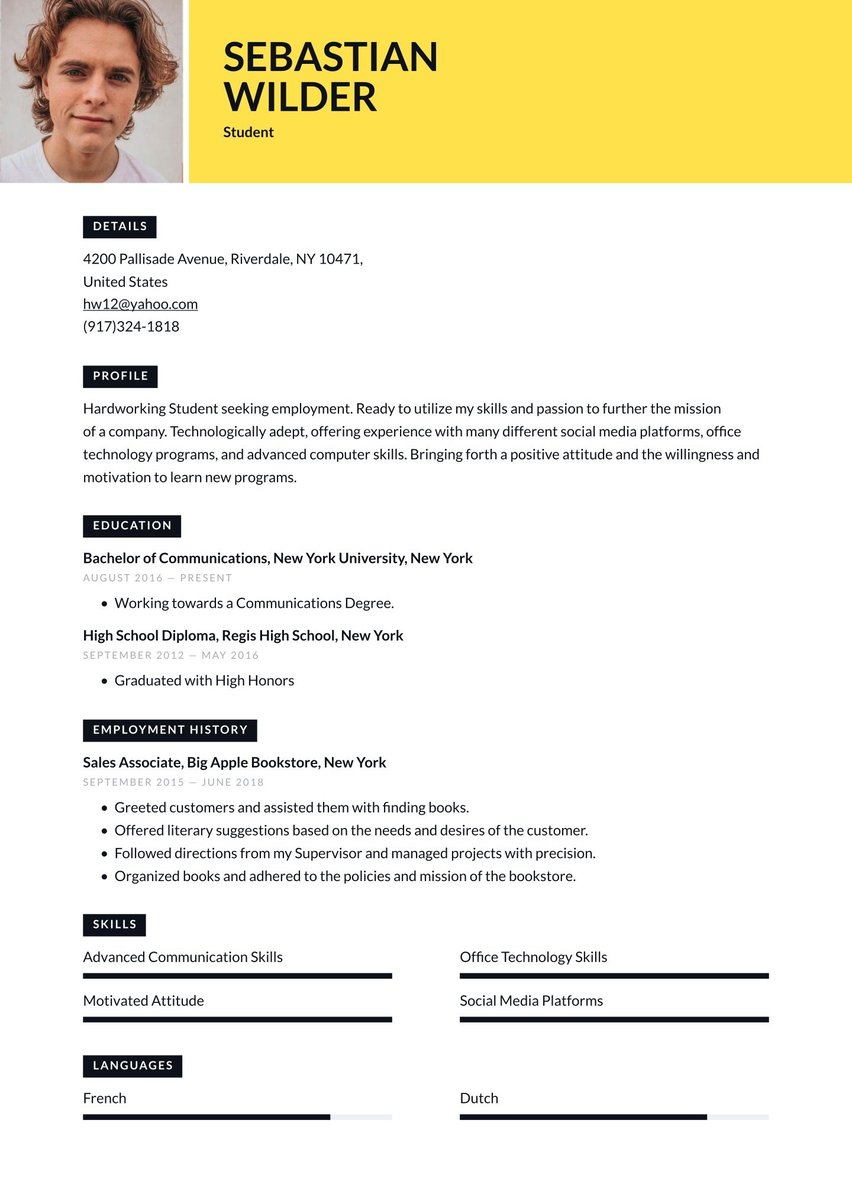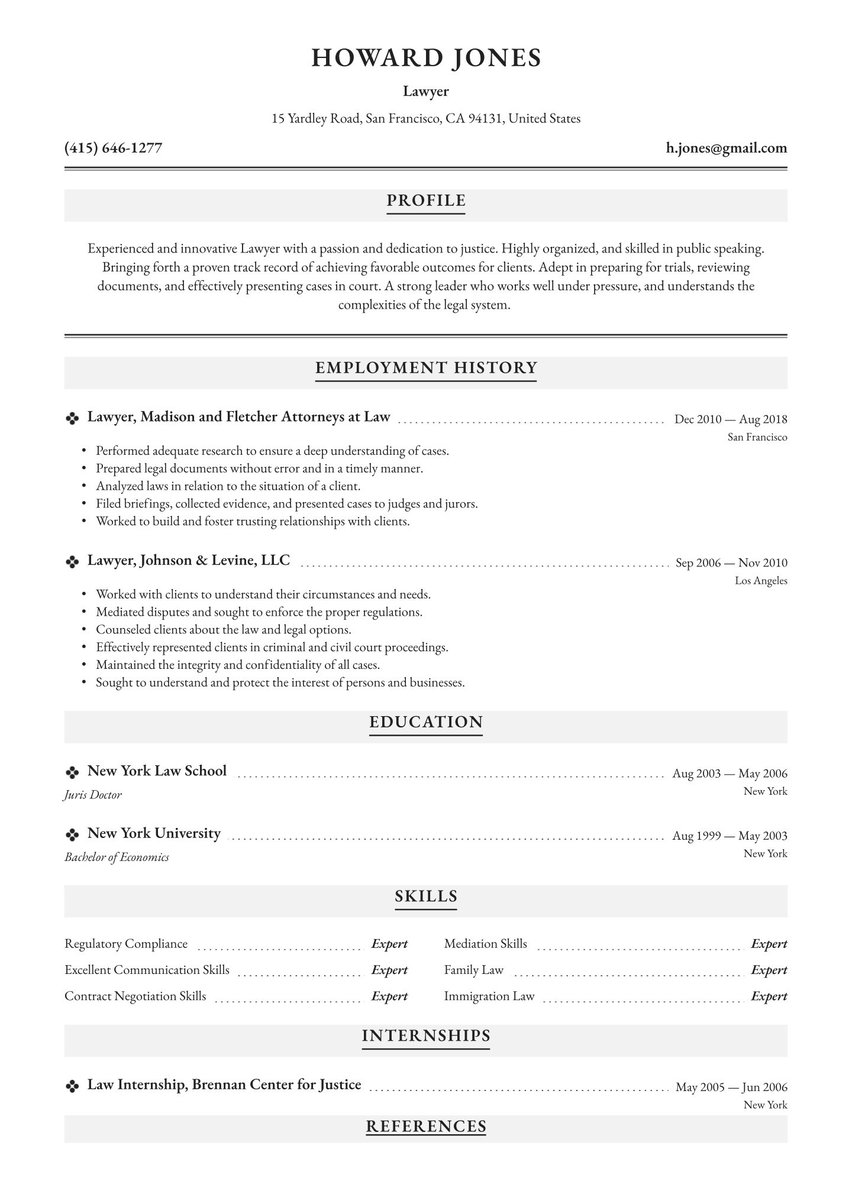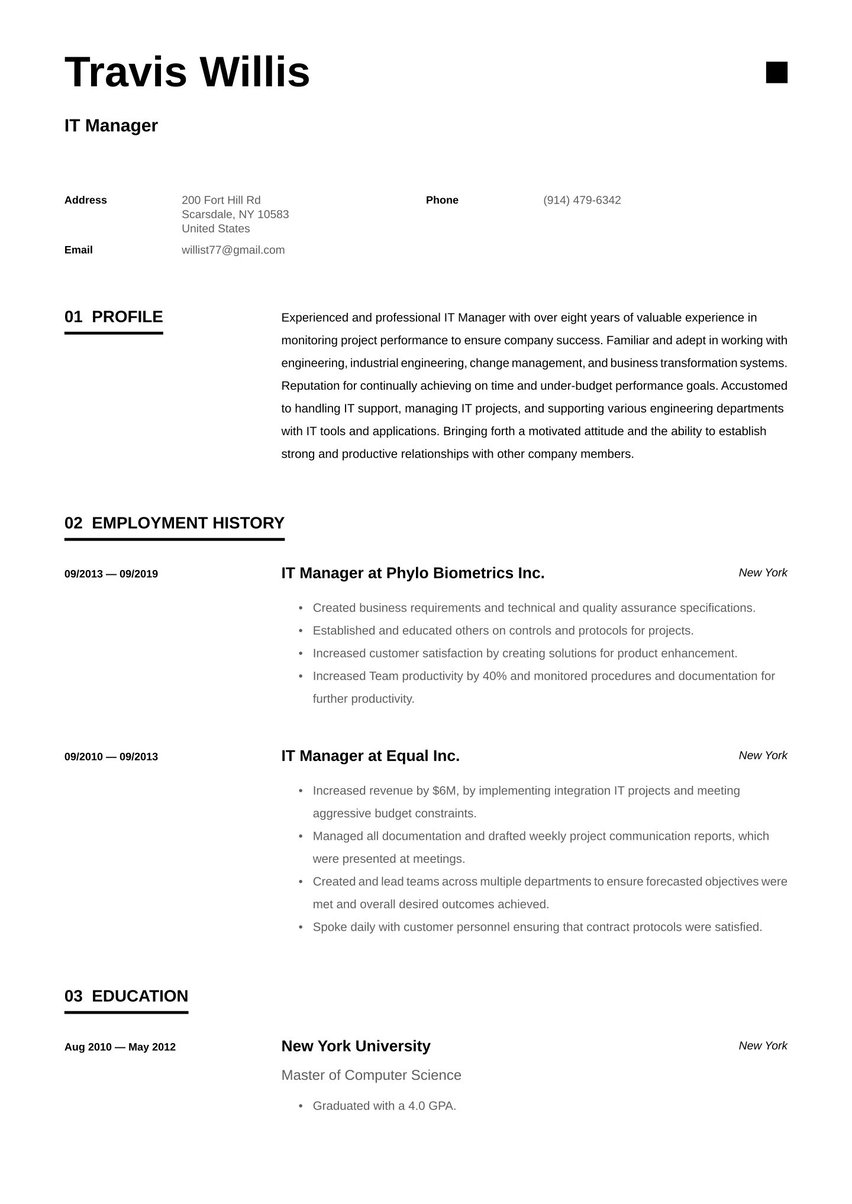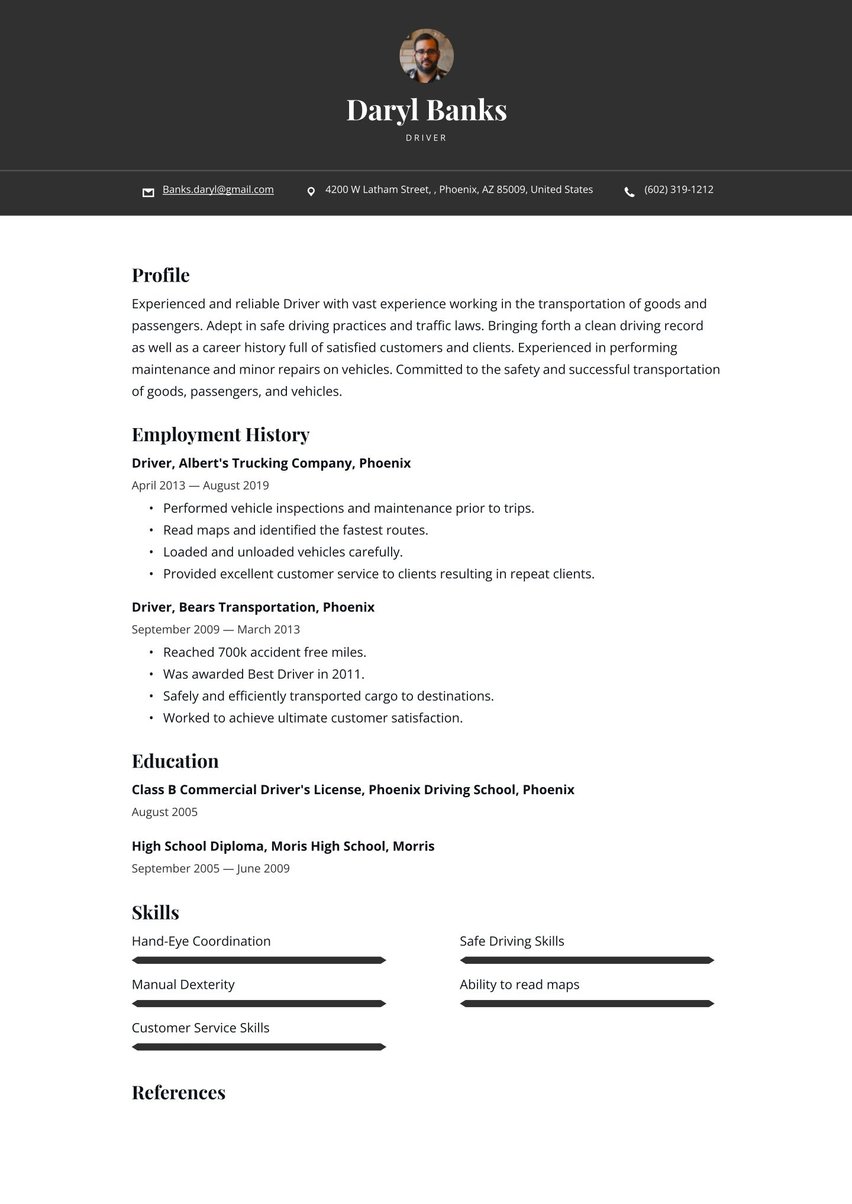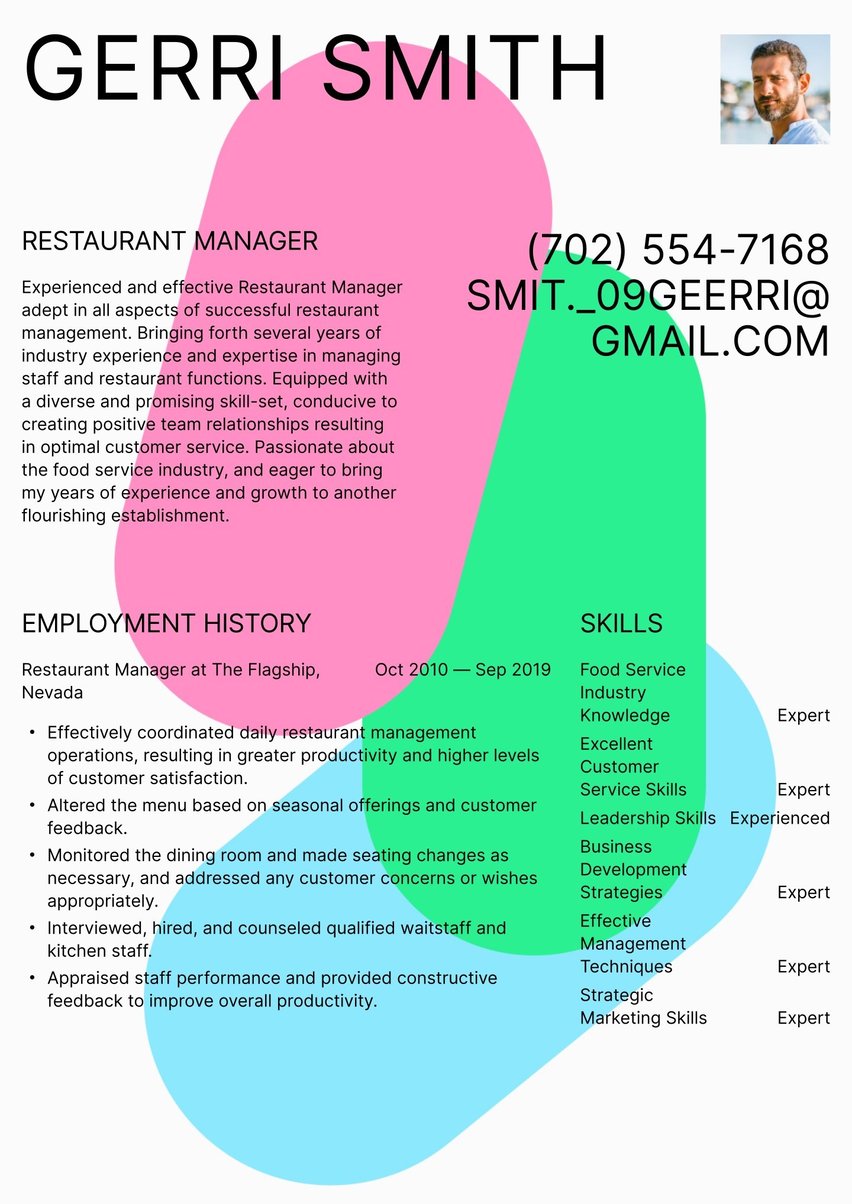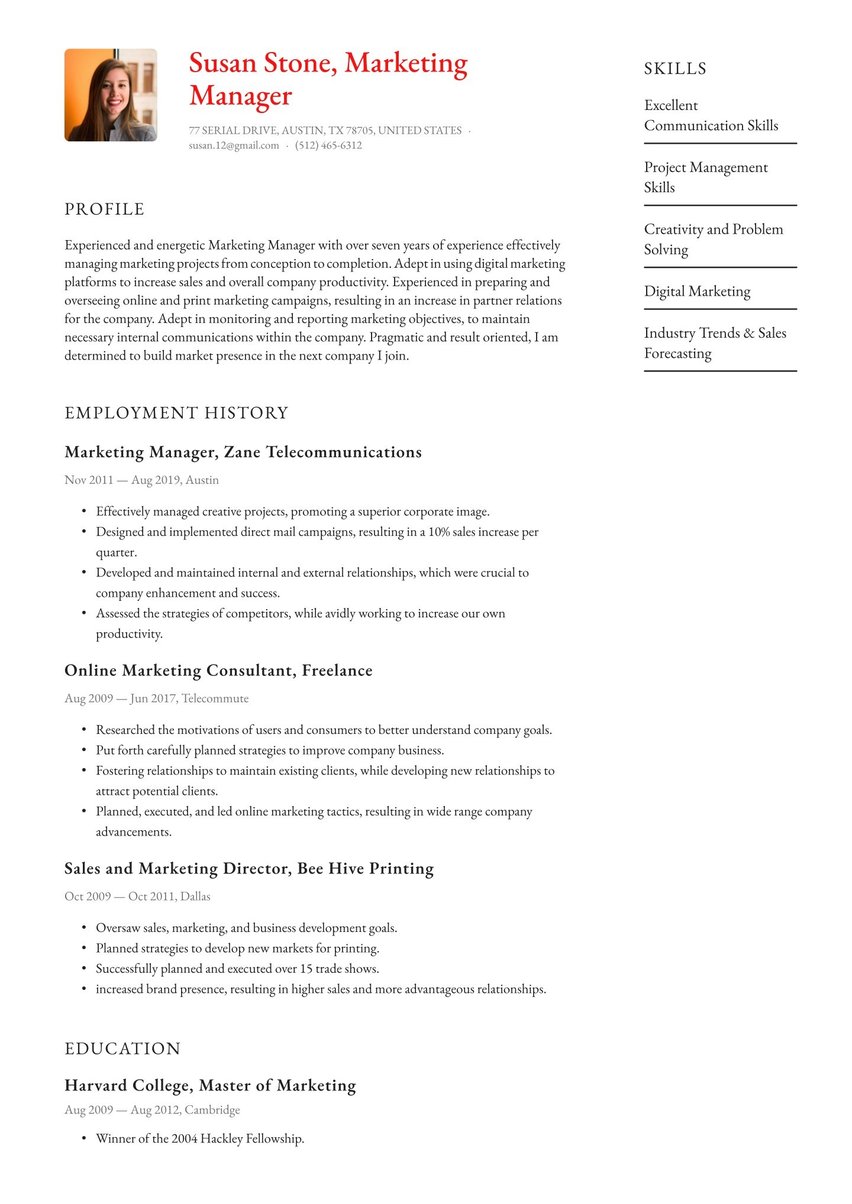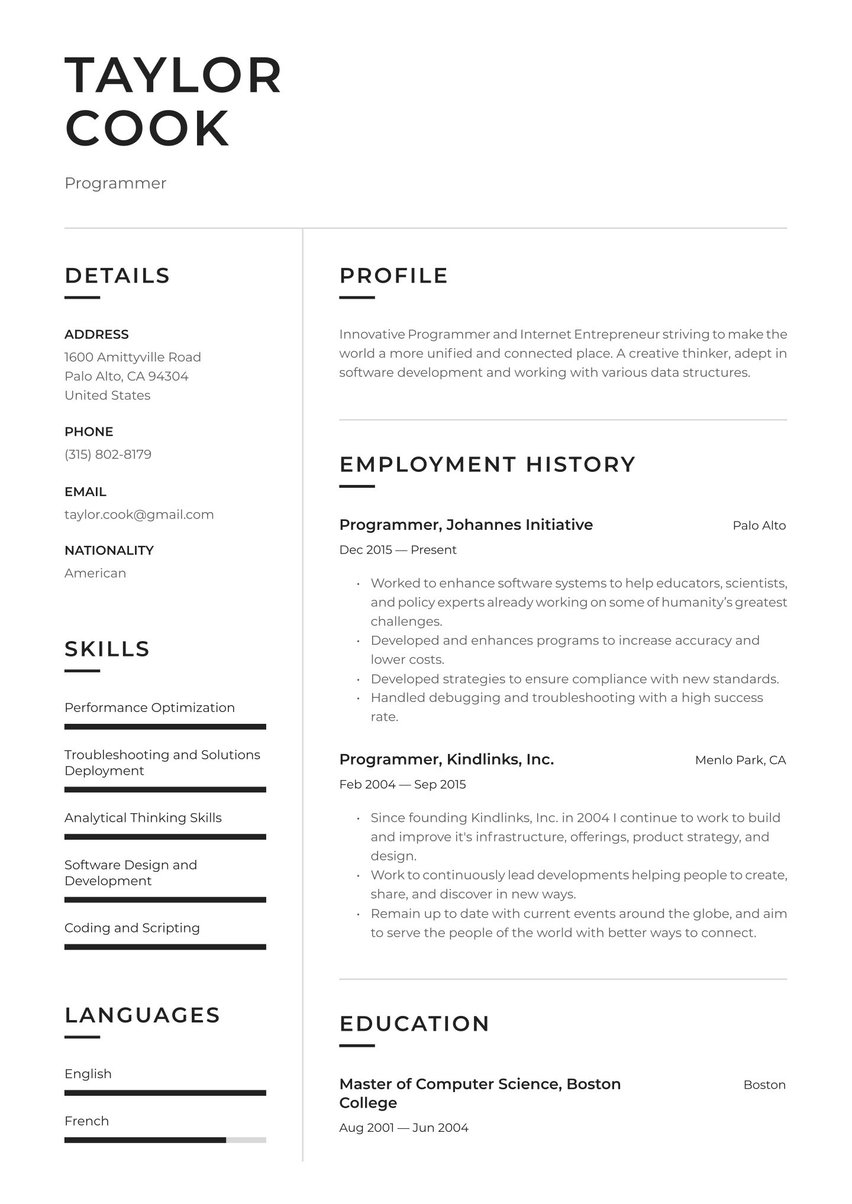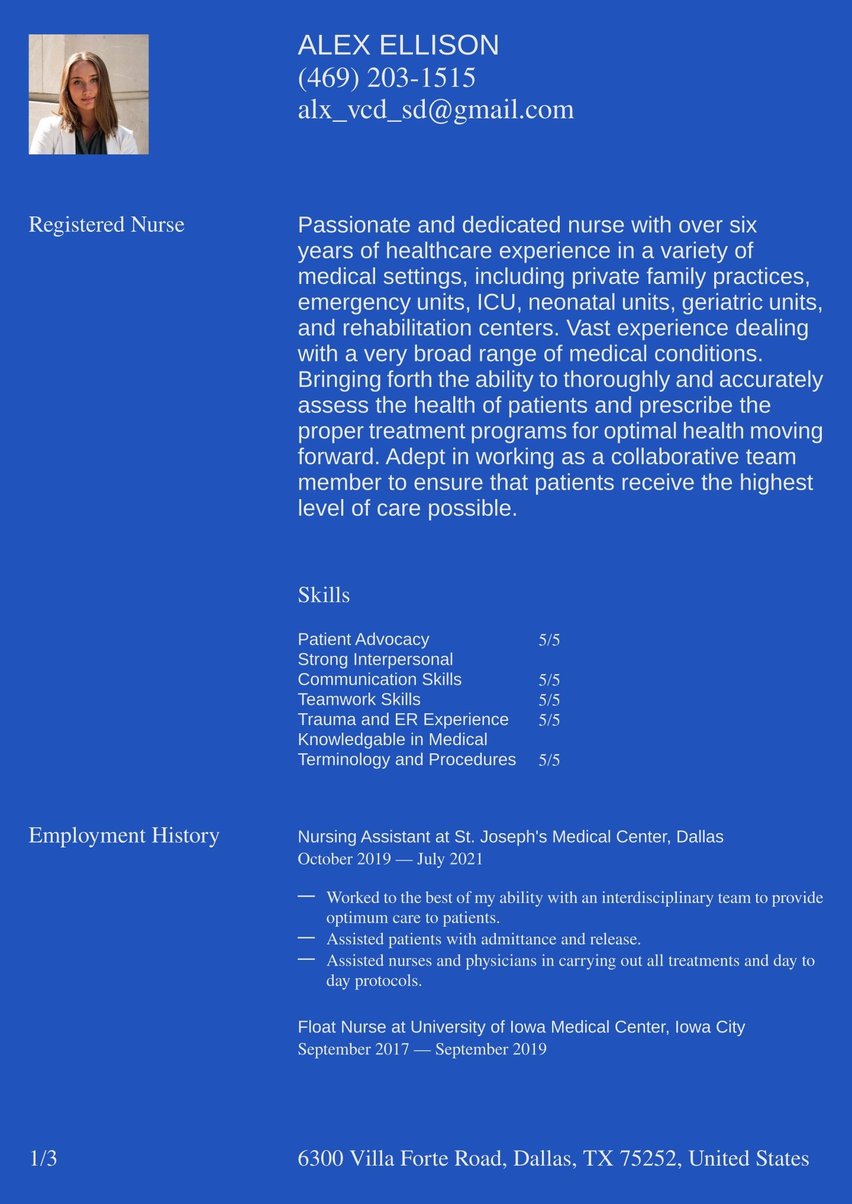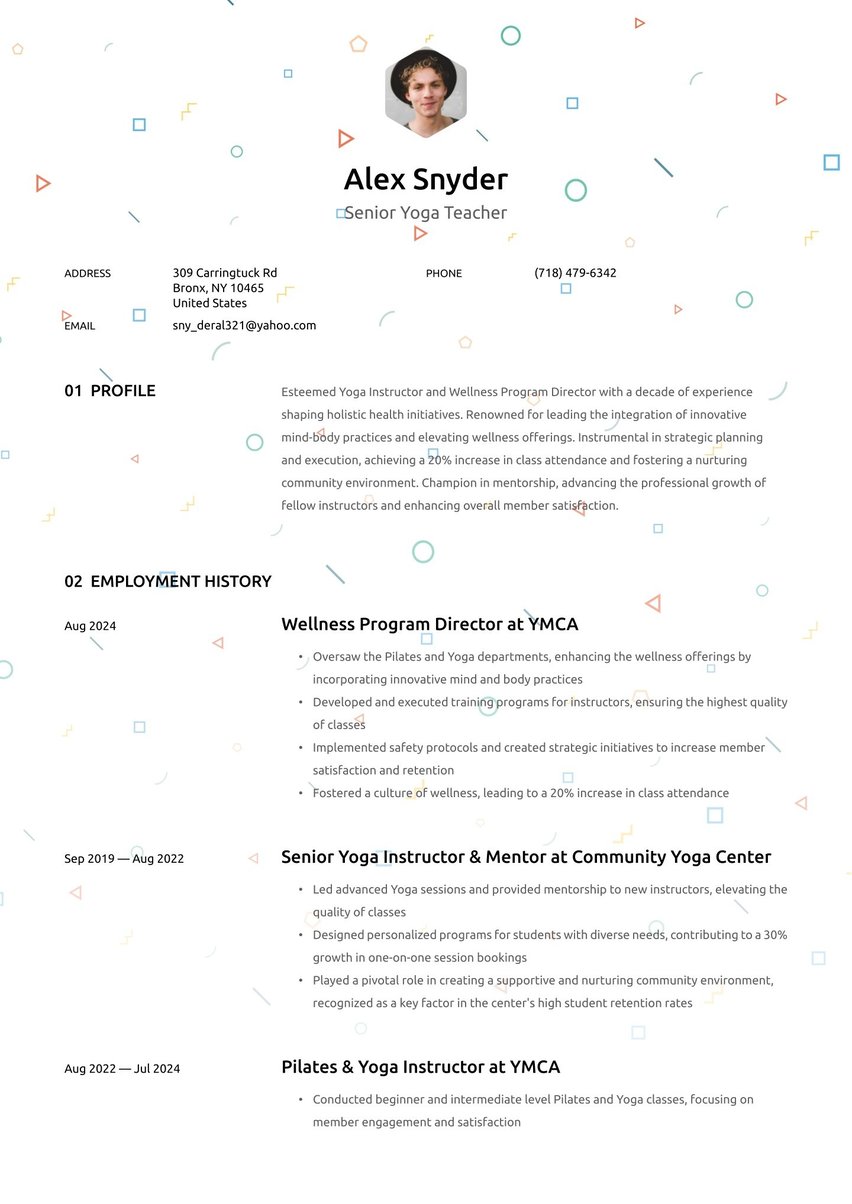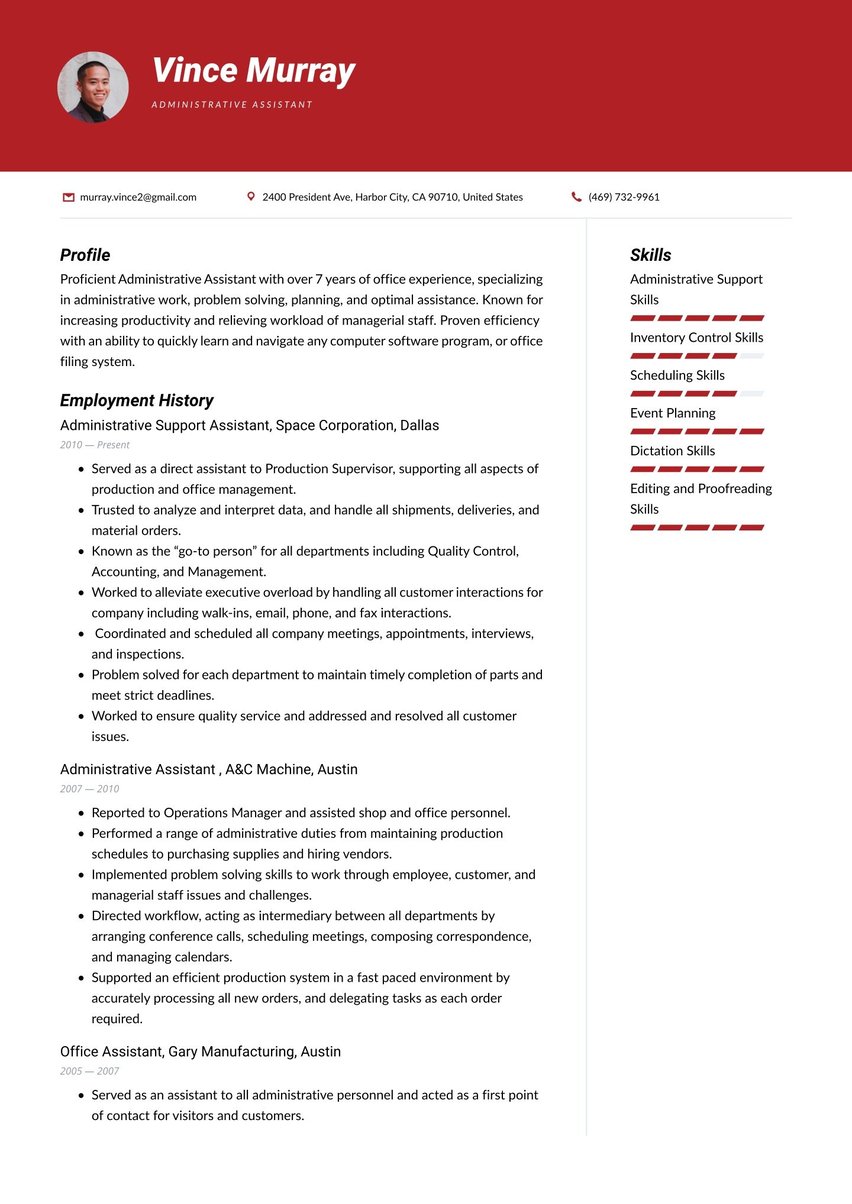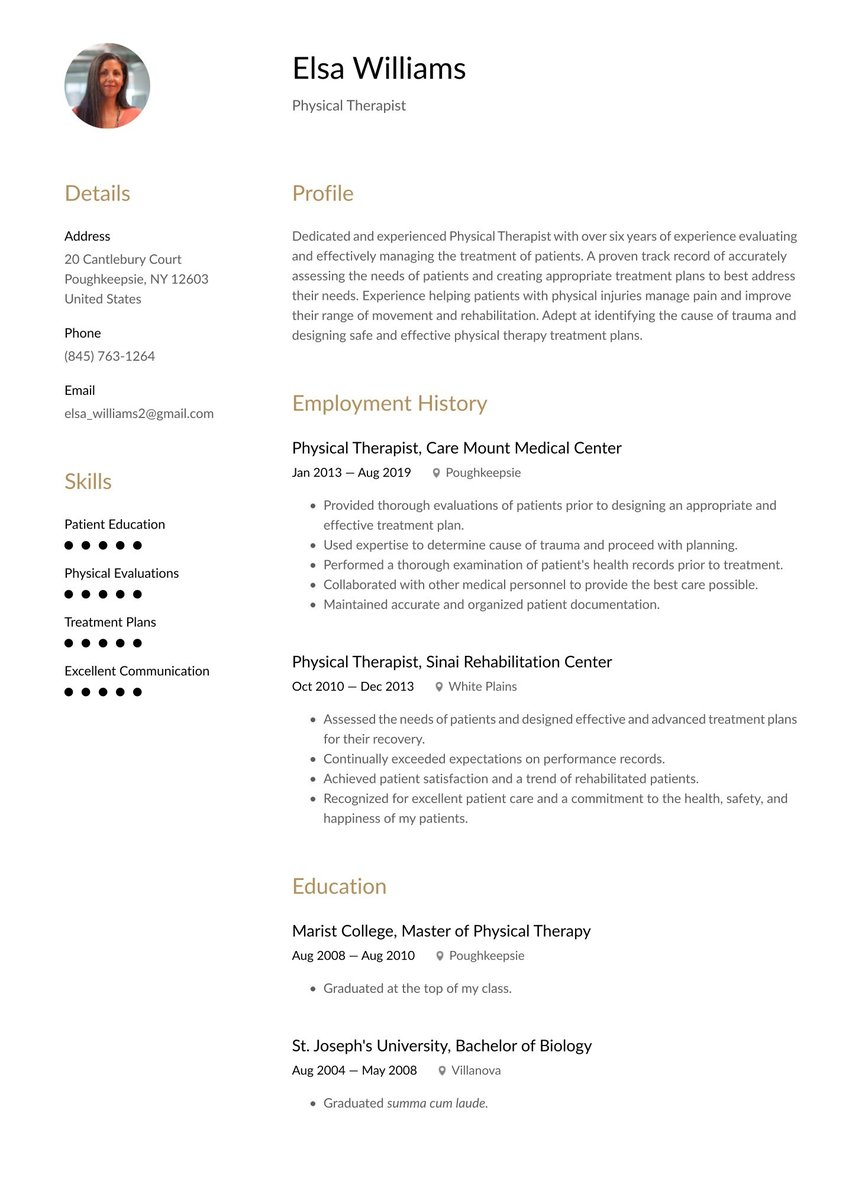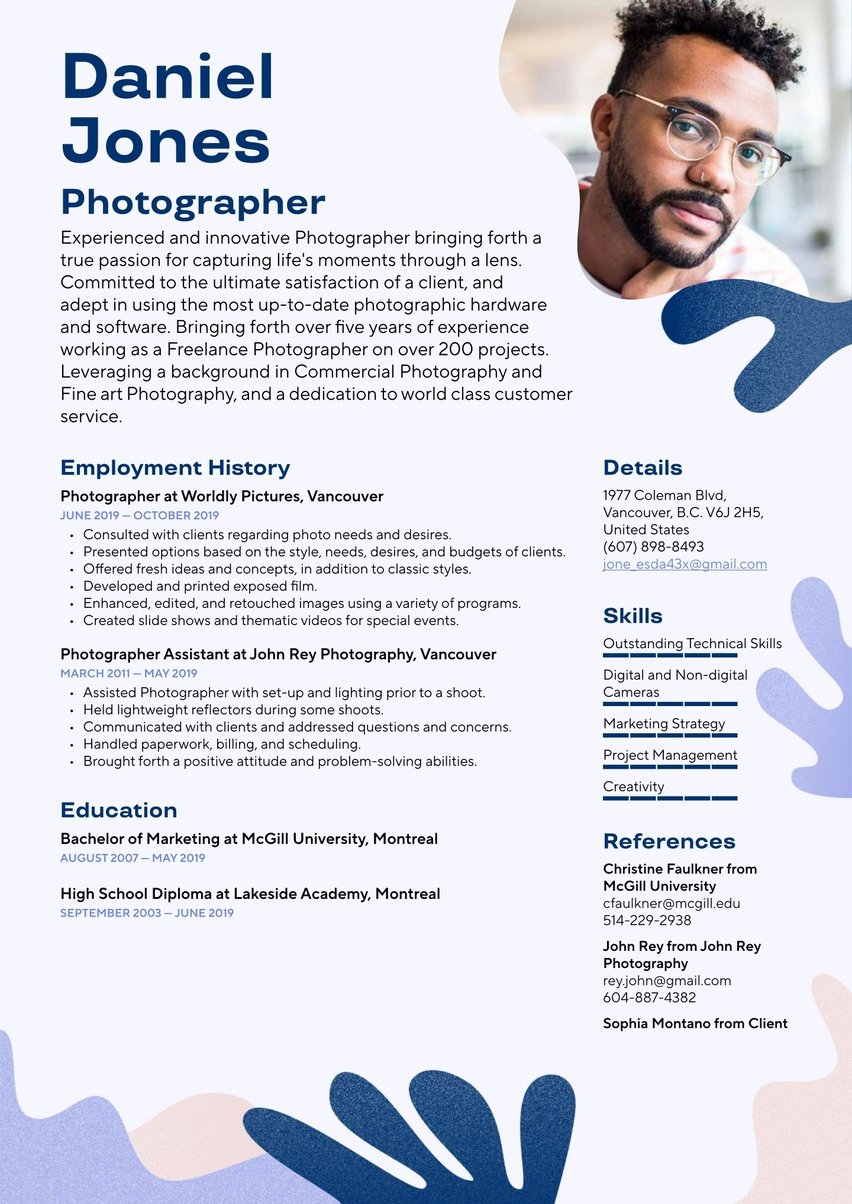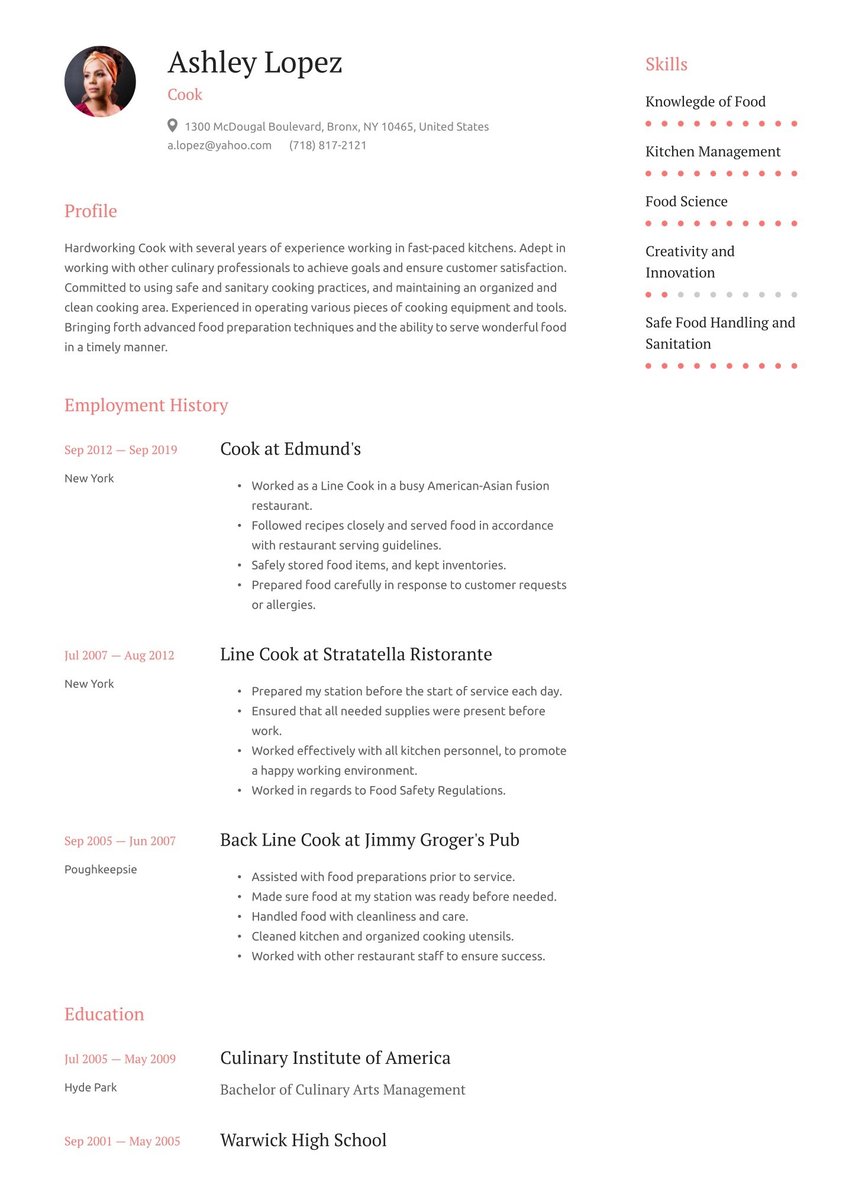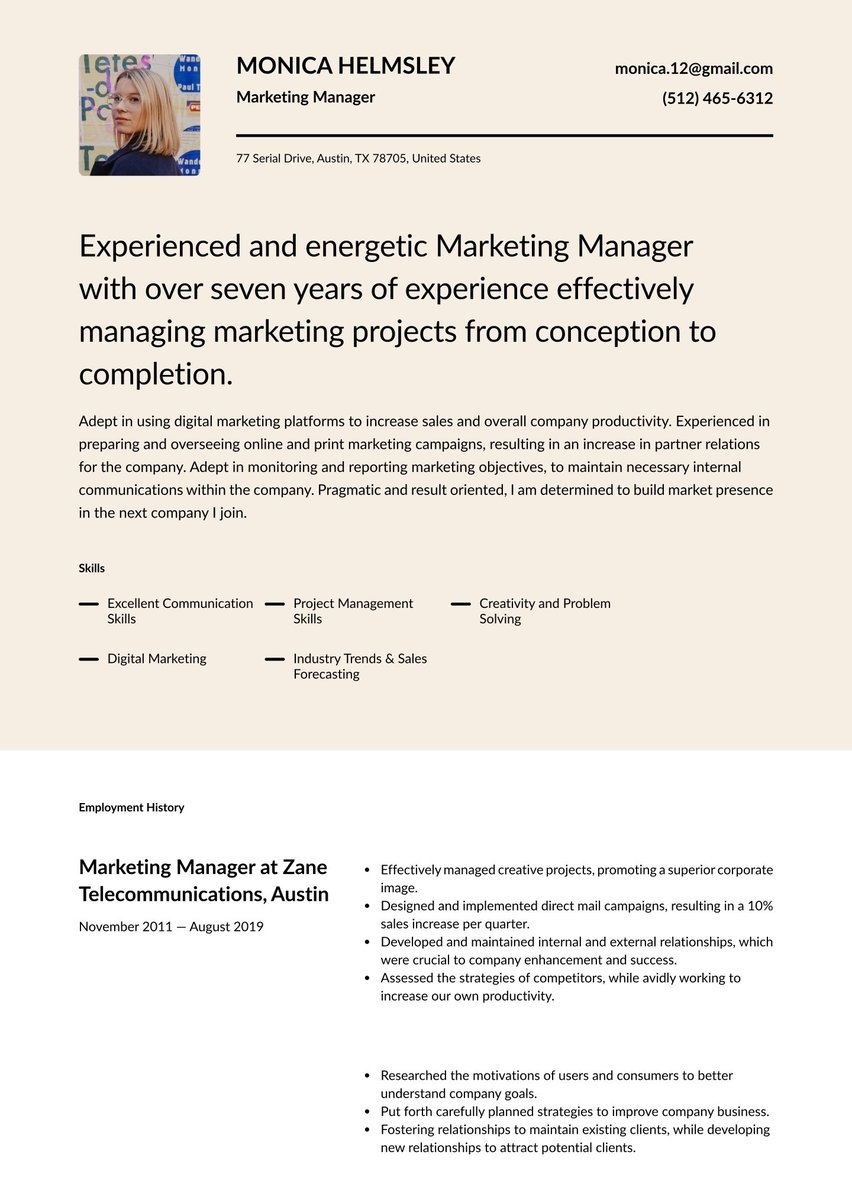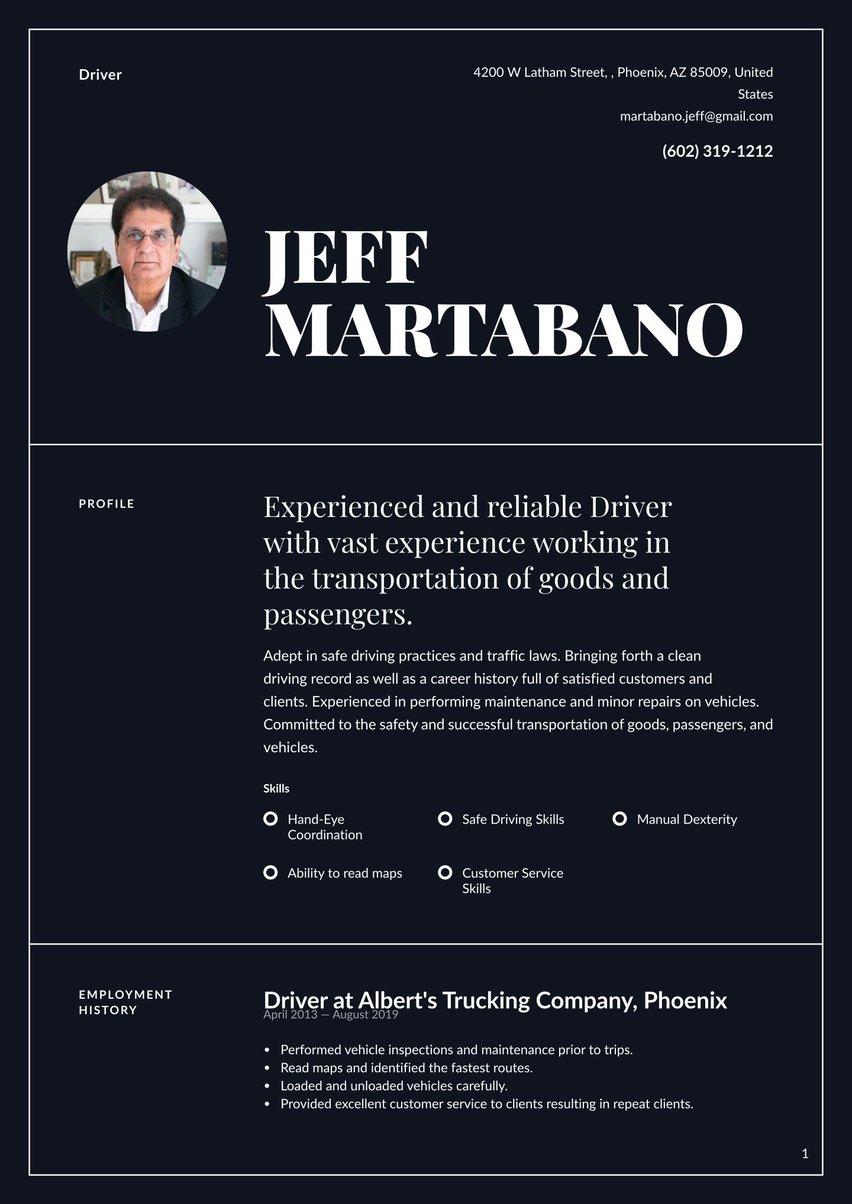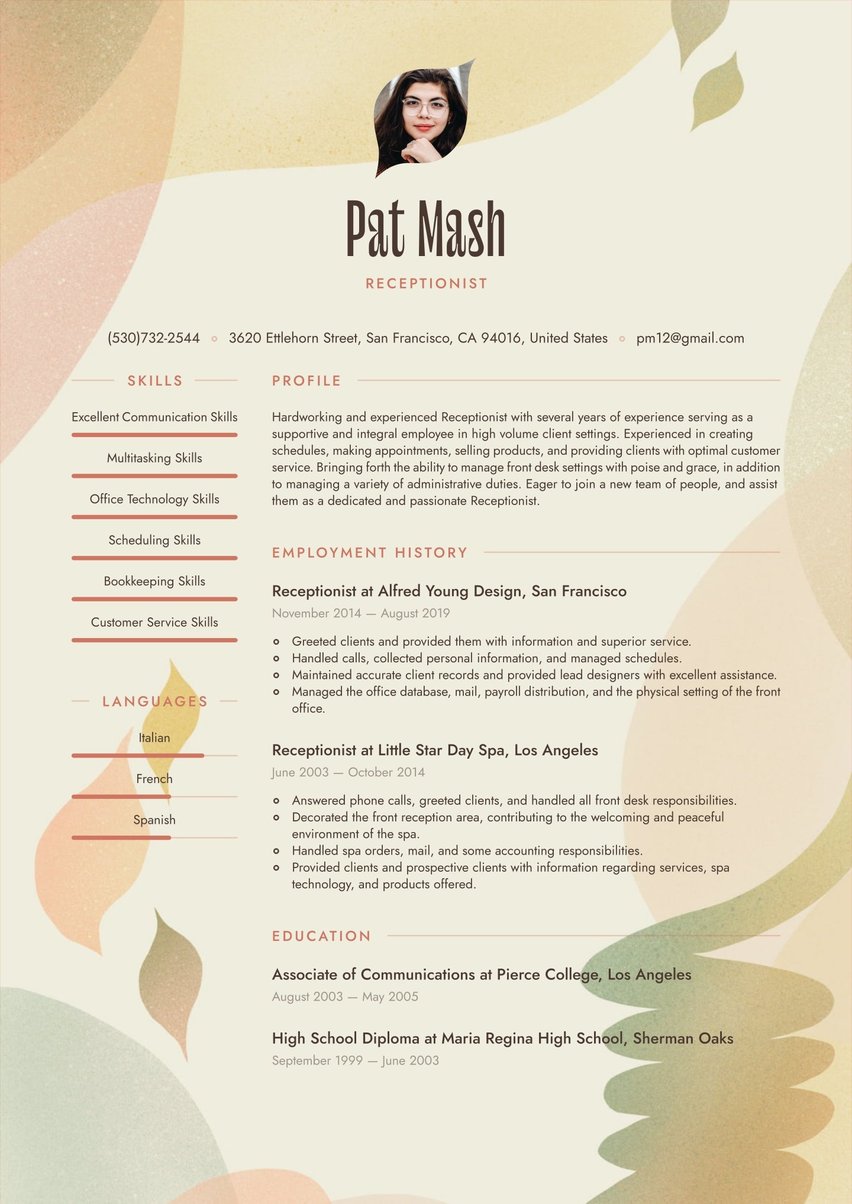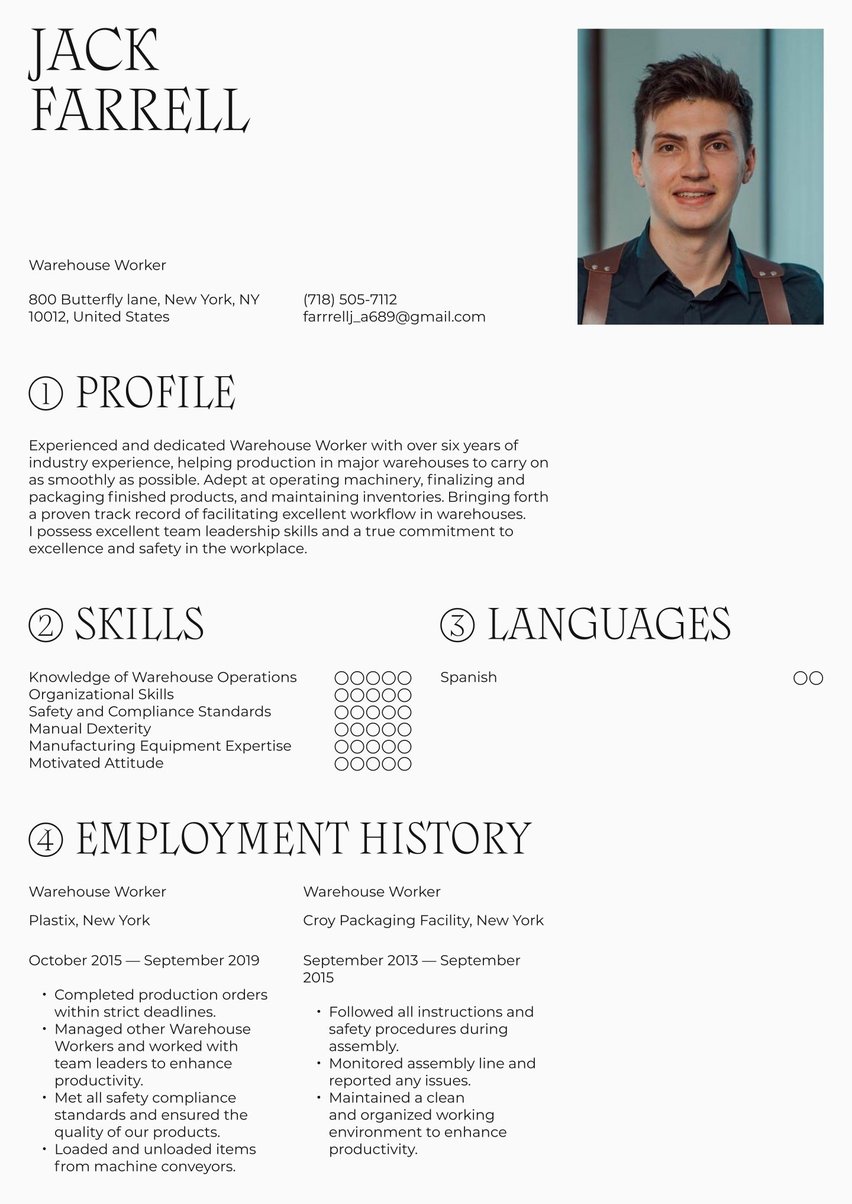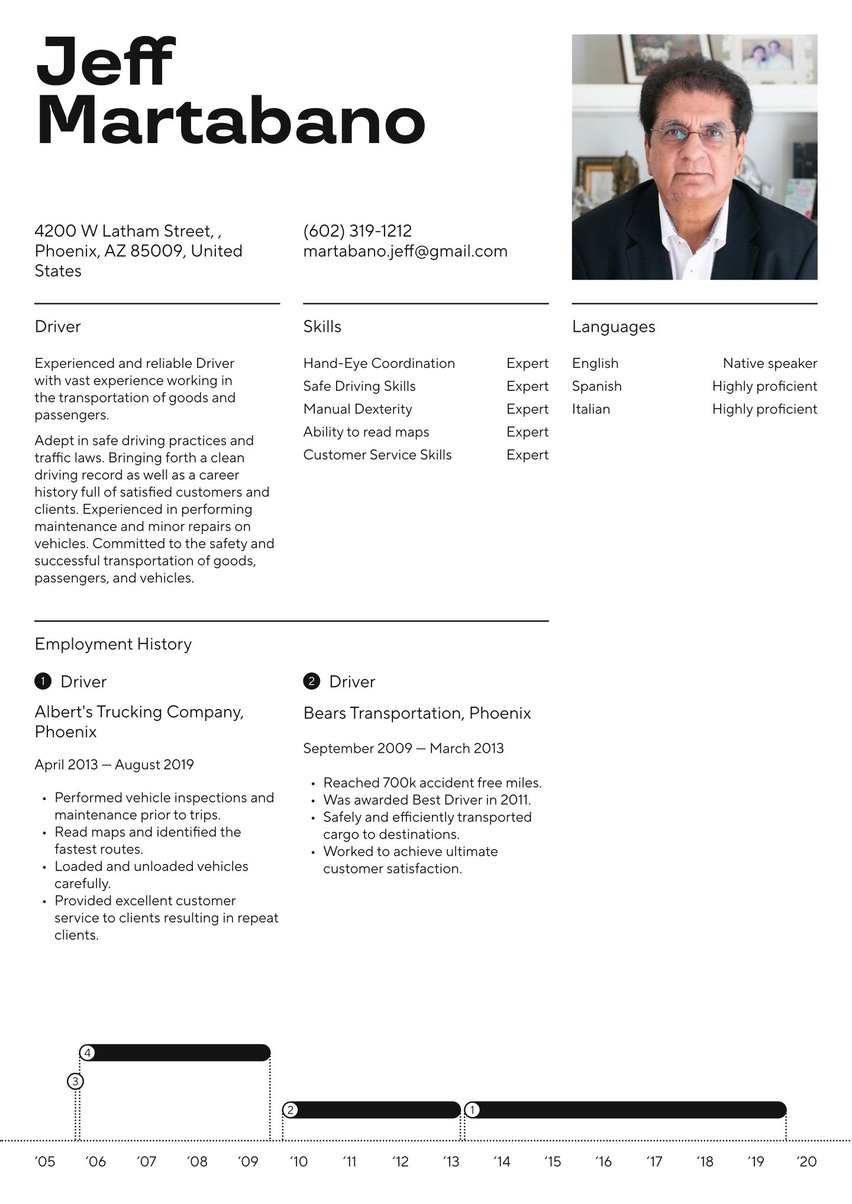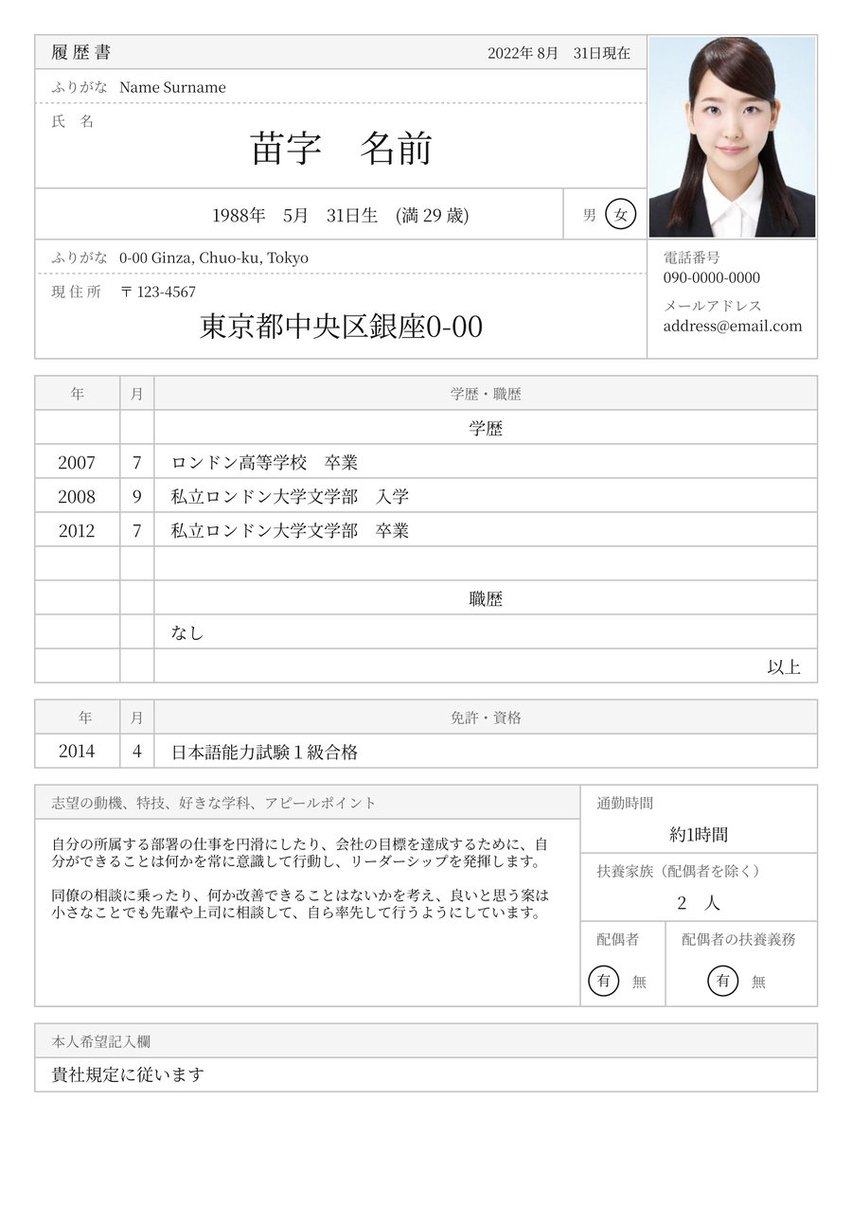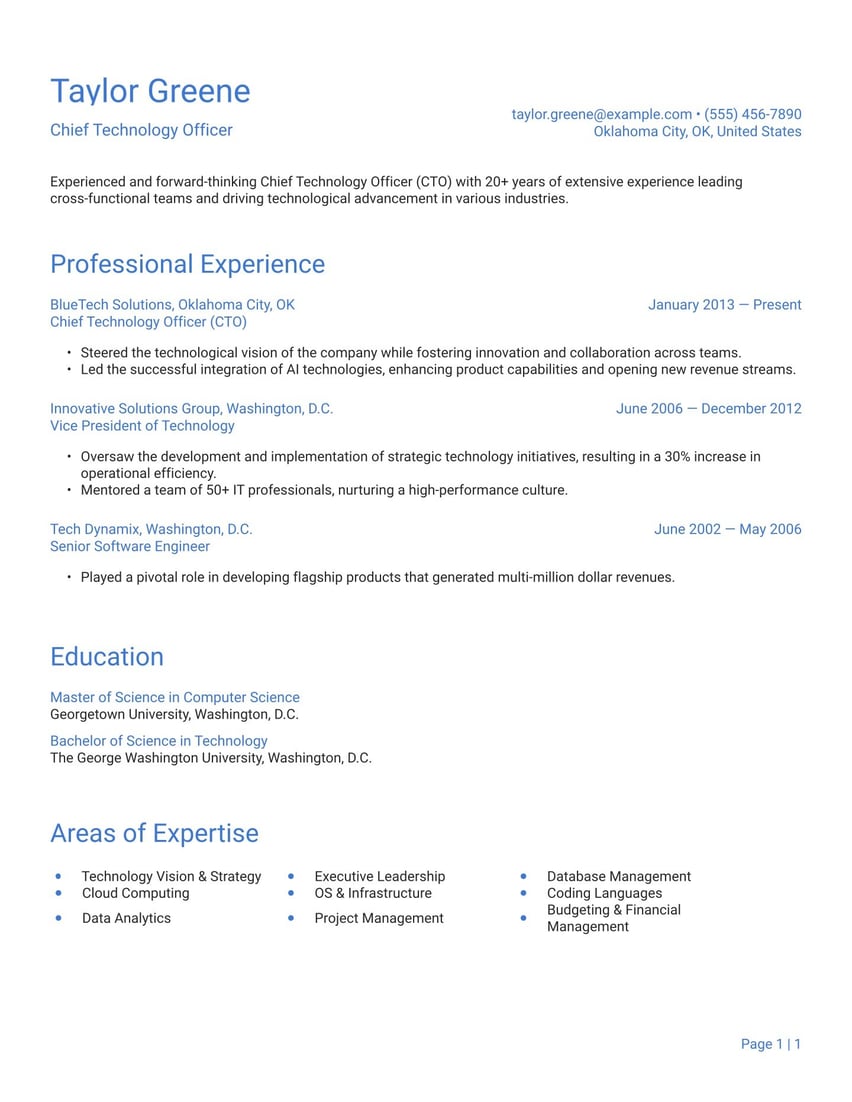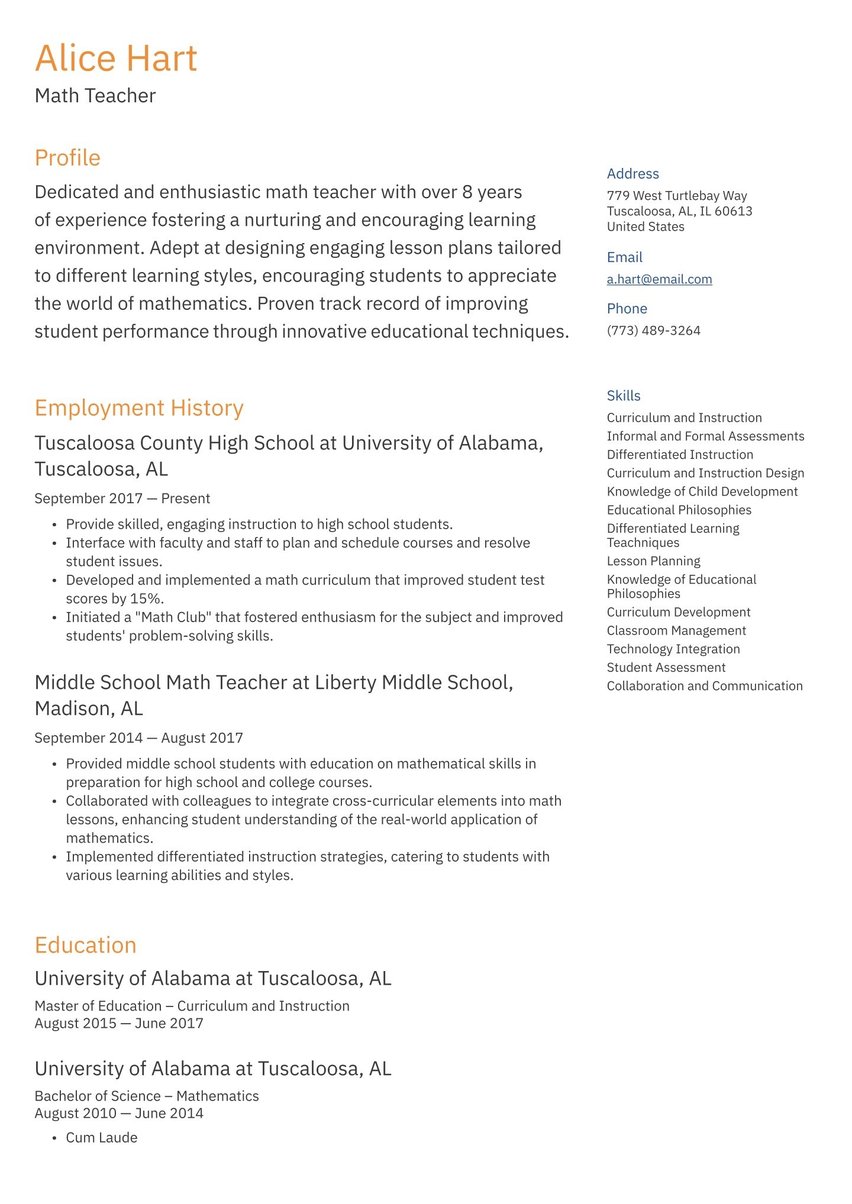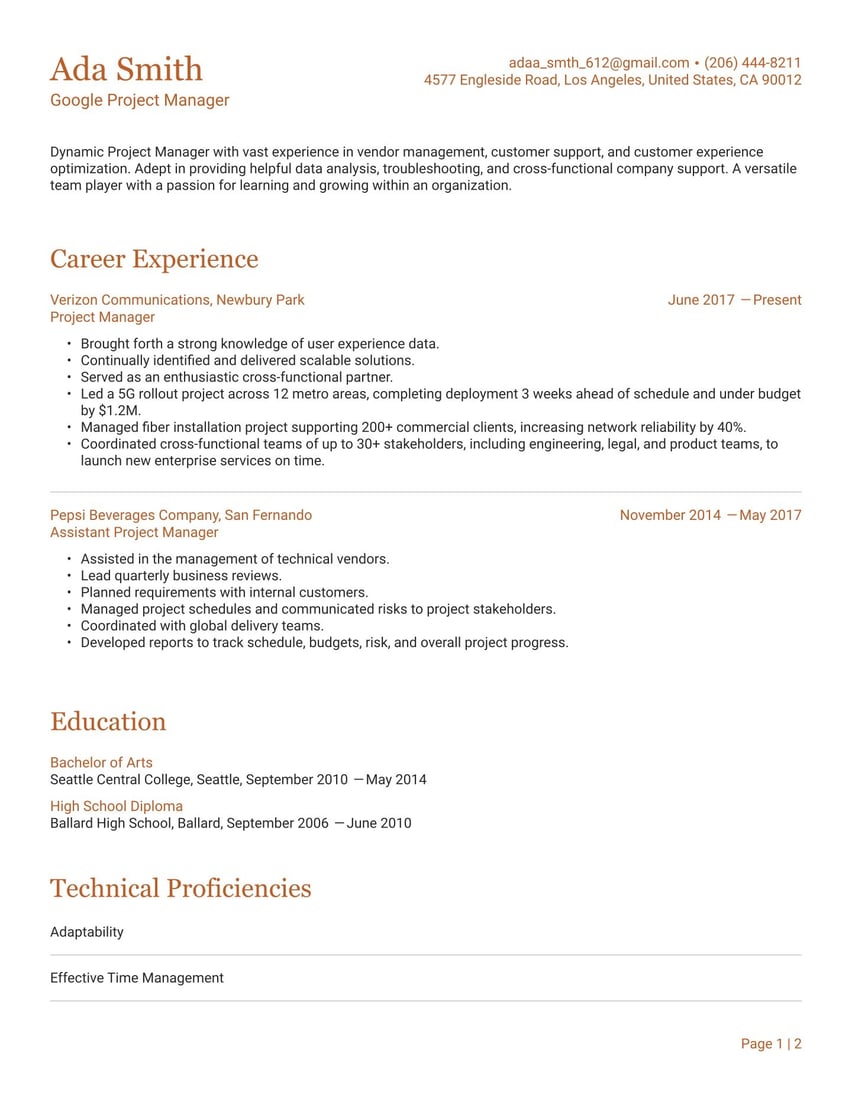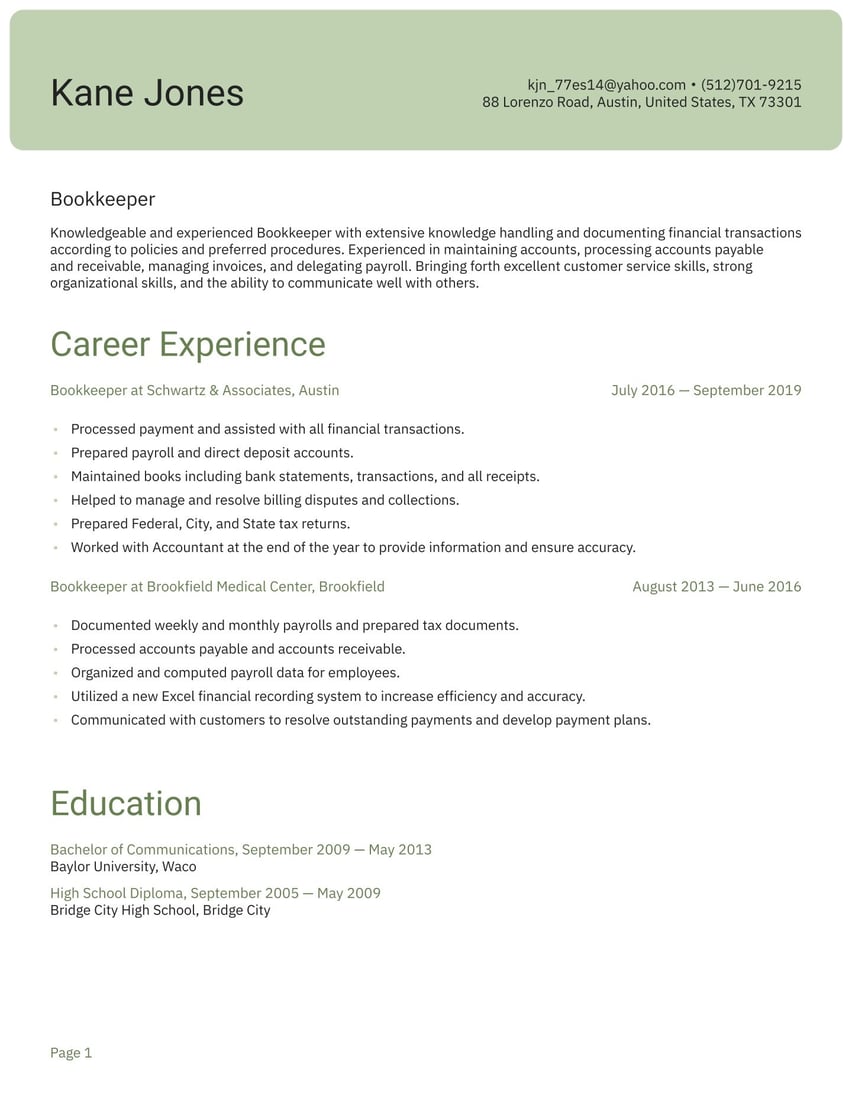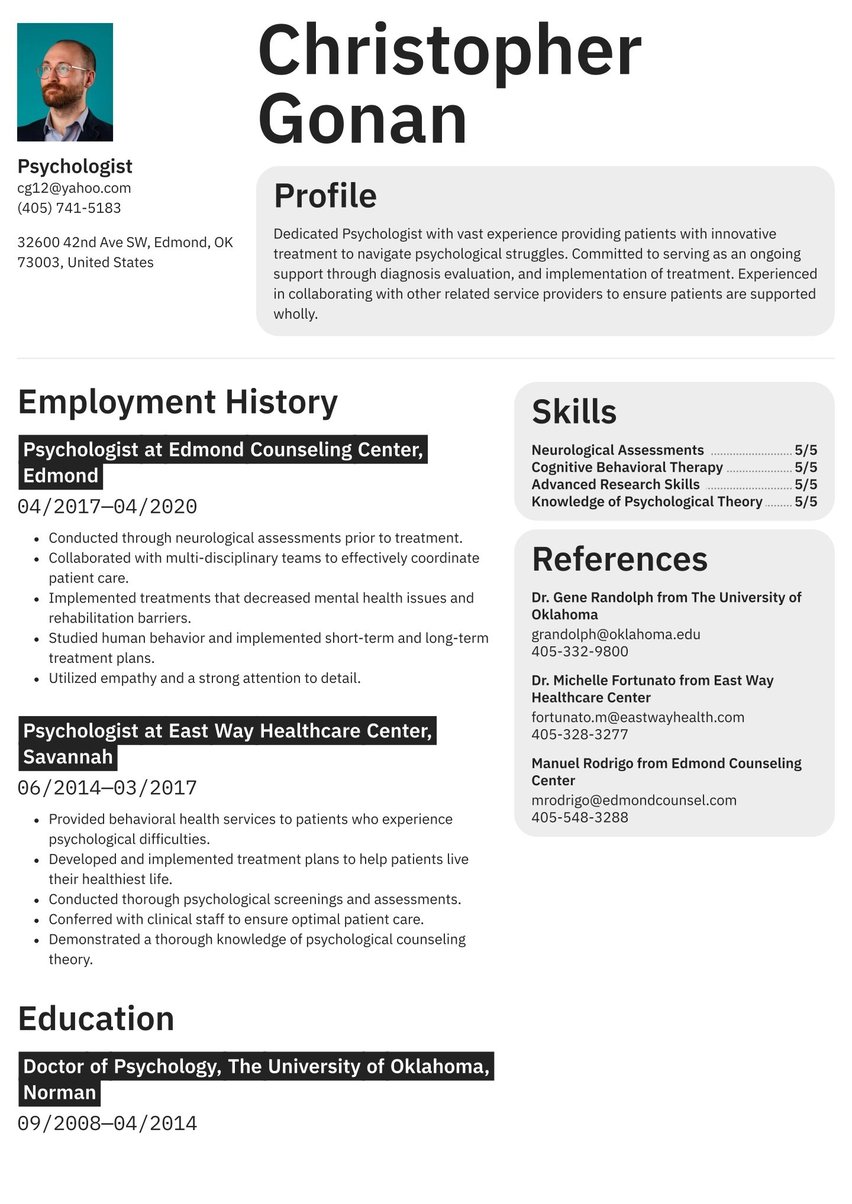Innovative UX Researcher with 7+ years of experience in conducting user-centered research to inform product design and development. Skilled in qualitative and quantitative research methodologies, including usability testing, interviews, surveys, and data analysis. Proven track record of translating research insights into actionable recommendations that enhance user experiences and drive business growth. Adept at collaborating with cross-functional teams to align research objectives with product strategies and business goals.
06/2019 - present, Senior UX Researcher, Qualcomm, San Diego
- Lead user research initiatives for mobile technology products, focusing on 5G applications and IoT devices
- Conduct in-depth user interviews, usability tests, and surveys to gather insights on user behaviors and preferences
- Analyze and synthesize research data to identify key user pain points and opportunities for improvement
- Present research findings and recommendations to stakeholders, influencing product roadmaps and design decisions
05/2016 - 05/2019, UX Researcher, Adobe Systems, San Jose
- Designed and executed user research studies for Creative Cloud applications, including Photoshop and Illustrator
- Utilized a mix of qualitative and quantitative research methods to evaluate user experiences and inform feature development
- Created personas, user journey maps, and other deliverables to communicate user needs and behaviors to the product team
- Collaborated with UX designers to iterate on prototypes based on user feedback and usability test results
08/2014 - 04/2016, Junior UX Researcher, Intuit, Mountain View
- Assisted in planning and conducting user research for TurboTax and QuickBooks products
- Supported the development of research protocols, screeners, and discussion guides
- Participated in data analysis and helped create research reports and presentations
09/2012 - 05/2014, Master of Science in Human-Computer Interaction, Carnegie Mellon University, Pittsburgh
09/2008 - 06/2012, Bachelor of Arts in Psychology, University of California, San Diego
- User Research Methodologies
- Usability Testing
- Data Analysis
- A/B Testing
- Prototyping Tools (Figma
- Sketch)
- Survey Design
When applying for jobs in user experience (UX) research, your resume is the framework for your success. A clear, organized, and professional resume can go a long way toward landing your next role.
UX Researcher resume examples by experience level
As a UX researcher, you understand the power of a first impression. A clunky or complex interface can immediately turn off a customer from using a product. Your resume serves as your first impression for a hiring manager. It needs to be focused on what you can bring to the role and how you can uncover valuable insights to improve product designs.
With the right approach, your UX researcher resume can showcase your technical skills and your ability to inform decisions. Show an employer that you understand their pain points and have the expertise to deliver measurable improvements. A resume that highlights your skills, knowledge, and impact can set you up for your next opportunity.
Resume guide for a UX researcher resume
Take your resume to the next level with resume.io. We offer resume examples and writing guides for over 500 professions. With our resume builder, you can create a powerful resume that meets all of the requirements.
In this UX researcher resume writing guide and corresponding example, we’ll discuss the following:
- How to write a UX researcher resume
- The best resume format to use
- Adding your contact information
- Writing a standout professional summary
- How to describe your UX research experience
- Listing your education and relevant skills
- Choosing the right resume design and layout
- What the UX research job market looks like and how much you can make
How to write a UX researcher resume
If there’s one thing UX researchers understand, it’s—well—research. Before you can write your UX researcher resume, you need to know what sections to include.
Make sure that your resume has these elements:
- A resume header
- A resume summary (also known as a profile)
- An employment history section
- A resume skills section
- An education section
Once you have your resume outline ready, spend some time researching the company. Learn about its products, customers, priorities, and goals. Use this information to show a hiring manager how your experience and skills can deliver user-centered results for the company.
Follow these tips to make your resume stand out from the crowd:
- Focus on accomplishments, not responsibilities. Many UX researchers have similar backgrounds and skill sets. It’s what you’ve achieved in your career that can differentiate you from other candidates. Emphasize quantifiable achievements, such as improvements in product usability.
- Customize your resume for each job. If you’re applying for multiple UX research positions, adapt your resume to each role and company. Put your research skills to work so that you can highlight why you’re the perfect candidate for the job.
- Use strategic keywords. Many companies use applicant tracking system (ATS) software. Include keywords strategically to give your resume the best chance of moving forward.
Make your resume ATS-friendly
ATS software scans and sorts resumes based on keyword usage. If your resume doesn’t contain enough keywords, it might get tossed before it even reaches a hiring manager’s desk. Review the job description to find keywords and make sure you include some on your resume.
For example, consider this UX researcher job posting with the following requirements:
- Research planning
- Usability testing and user interviews
- Proficient in Figma
- Collaboration with cross-functional teams
You can include these keywords in your resume summary, like this:
Driven and detailed UX researcher with over three years of experience leading research planning for consumer products. Skilled in conducting usability testing and user interviews to uncover actionable insights. Proficient in Figma with a proven ability to collaborate with cross-functional teams to create impactful user-centered designs.
Get more tips in our article on resume ATS optimization.
Choosing the right format for a UX researcher resume
Your resume should be clear and precise, just like the qualities you prioritize in your work. For most UX researchers, the best resume format is the reverse chronological structure.
This type of resume focuses on your experience in UX research. It displays your work history in reverse chronological order, beginning with your most recent position. Listing your experience chronologically shows a hiring manager your growth in the field.
If you’re applying for your first job in UX research, another resume format may be a better choice. The functional resume format downplays your work history while highlighting the relevant skills you have, such as data analysis or problem solving.
A hybrid resume, also known as a combination resume, combines these two formats. It’s a good option if you have employment gaps or non-traditional experience, such as multiple freelancing projects.
Our resume builder allows you to choose the format that works best from the many resume templates we offer. You can also browse our resume examples to see all three formats.
Include your contact information
When you present your findings to stakeholders or product teams, you need to make a good first impression so that they take you seriously. Your resume header serves as your professional introduction to the hiring manager.
Your header should include these elements:
- Your full name and title. Provide your full name and the title of the job you’re applying for, such as “Senior UX Researcher.”
- Professional email address. Use an email with your name or initials, such as firstinitial.lastname@email.com. If you don’t have a professional email, create one and set up a redirect to your primary account.
- Phone number. Give hiring managers the phone number where they can easily reach you. Record a professional voicemail greeting in case you miss their call.
- Location. Don’t provide your full street address or zip code. Only list your city and state.
- LinkedIn. If you have an active, up-to-date LinkedIn profile, you can include a link in your resume header.
- Portfolio. Provide a link to your portfolio of projects or case studies, if you have one.
Don’t include:
- Your date of birth. Providing this information may lead to age discrimination, so leave it off of your resume.
- Personal details. A recruiter doesn’t need to know your marital status, Social Security number, or other personal details.
- Photo. Don’t include a photo or headshot on your resume.
Sarah Smith
UX Researcher
s_smith@email.com
(394) 555-3749
Fargo, ND
Sarah Smith
Quantitative Research Whiz
sarahsparkles4life@email.com
(394) 555-3749
123 Poplar Street
Fargo, ND 58104
Married mother of three
Make use of a resume summary
At the beginning of a user interview, you probably ask a thoughtful question to learn more about customers’ needs and earn their trust. In the same way, your resume summary should introduce you as the UX researcher who can meet the hiring manager’s needs.
Write a few sentences explaining why your skills and background make you the perfect candidate for the UX researcher position. Explain how your research and insights have made a difference in your past jobs.
Your summary should use strong action verbs to show your impact. For example, you can use verbs like “designed,” “conducted,” “led,” or “transformed.” Focus on the achievements you’ve had in your career, such as improving user retention or reducing support tickets.
The resume summary also offers an opportunity to define your professional brand. For example, do you excel at quantitative research and analysis, or do you have the unique ability to make a connection between user behaviors and outcomes? Be specific about your strengths and why they’d make you an asset in the role.
Need some more ideas for your professional summary? Check out these related resume examples:
Depending on your experience, you can use these adaptable summaries from different UX researcher resume examples:
Aspiring UX Researcher with foundational experience in user-centered research for technology products. Skilled in basic user research, usability testing, and data organization, contributing to team efforts at Qualcomm and Adobe. Eager to leverage introductory skills in survey design and prototyping tools to enhance user experiences. Committed to continuous learning and effective collaboration within cross-functional teams to drive product innovation.
Innovative UX researcher with 7+ years of experience in conducting user-centered research to inform product design and development. Skilled in qualitative and quantitative research methodologies, including usability testing, interviews, surveys, and data analysis. Proven track record of translating research insights into actionable recommendations that enhance user experiences and drive business growth. Adept at collaborating with cross-functional teams to align research objectives with product strategies and business goals.
Visionary UX Research Leader with a proven track record in steering strategic research initiatives for innovative technology products. Expert in synthesizing complex data into actionable insights, driving product innovation and user satisfaction. Renowned for influencing product roadmaps through expert stakeholder communication and high-impact design strategies, fostering cross-functional collaboration to achieve business objectives.
Outline your UX research work experience: map your professional journey
Your work history should highlight your contributions to other research, design, or product teams. Start by listing your current or most recent position at the top and list your other experience in reverse order. If you have over 15 years of relevant experience, include your older jobs in a section called “Other Experience.”
Each job on your resume should include your title, employer’s name, and dates in the position. Write bullet points that concisely describe your role and impact. When discussing your duties and achievements, focus on the outcomes of your work to differentiate yourself from other candidates.
For example, hiring managers may see these types of bullet points on many UX researchers’ resumes:
- Conducted user interviews.
- Analyzed usability issues and shared recommendations.
- Collaborated with teams to improve user experiences.
While these bullet points may describe what you did in a job, they don’t show the unique value you brought to the team or company. Highlight the results of your contributions to prove why you’d be valuable in a new role.
Consider these reworked versions of the bullet points above:
- Conducted over three dozen user interviews to identify specific pain points and issues, leading to a 15% improvement in user adoption.
- Analyzed usability data and shared actionable insights with stakeholders to minimize user issues by over 35%.
- Collaborated with design and product teams to implement research findings, increasing customer satisfaction rates by 20%.
These bullet points provide a much better idea of your impact and show an employer why you’d be a great hire. They also focus on quantifiable data, which gives employers a tangible way to understand your achievements. Use similar metrics—such as revenue growth, user satisfaction, or task success rates—to show your value.
For more guidance, take a look at the UX researcher resume sample below:
Senior UX Researcher at Qualcomm, San Diego
June 2019 - Present
- Lead user research initiatives for mobile technology products, focusing on 5G applications and IoT devices
- Conduct in-depth user interviews, usability tests, and surveys to gather insights on user behaviors and preferences
- Analyze and synthesize research data to identify key user pain points and opportunities for improvement
- Present research findings and recommendations to stakeholders, influencing product roadmaps and design decisions
UX Researcher at Adobe Systems, San Jose
May 2016 - May 2019
- Designed and executed user research studies for Creative Cloud applications, including Photoshop and Illustrator
- Utilized a mix of qualitative and quantitative research methods to evaluate user experiences and inform feature development
- Created personas, user journey maps, and other deliverables to communicate user needs and behaviors to the product team
- Collaborated with UX designers to iterate on prototypes based on user feedback and usability test results
Junior UX Researcher at Intuit, Mountain View
August 2014 - April 2016
- Assisted in planning and conducting user research for TurboTax and QuickBooks products
- Supported the development of research protocols, screeners, and discussion guides
- Participated in data analysis and helped create research reports and presentations
Include your key skills relevant to being a UX researcher
Hiring managers want to know what skills you can bring to the role. Emphasize your hard skills to showcase your technical knowledge and expertise. These skills may include usability testing, persona development, journey mapping, wireframes, and statistical analysis.
While your hard skills are important, you should also include some soft skills. These skills show an employer how you interact with team members, managers, and stakeholders. Some soft skills for a UX researcher resume include critical thinking, problem solving, communication, and adaptability.
In our resume builder, you can choose from a list of pre-written skills and indicate your proficiency levels. You can also add the unique skills you have for the position.
Check out what the skills section looks like in our UX researcher resume template:
- User research methodologies
- Usability testing
- Data analysis
- A/B testing
- Prototyping tools (Figma, Sketch)
- Survey design
Your skills section isn’t the only area where you can highlight your proficiencies. Mention your core competencies in other parts of your resume, including your work experience section and your professional summary.
For example, you can discuss these skills in other places on your resume:
- User research methodologies. Explain the qualitative and quantitative methods you use to conduct user research, including usability testing, interviews, surveys, and field studies.
- Data analysis skills. Discuss how your analytical skills lead to concrete results, such as an increase in user satisfaction.
- Presentation skills. Describe how you present your research findings to teams and stakeholders to deliver meaningful insights.
If you get stuck on what skills to add to your resume, review the job description. Note what skills the employer has outlined and make sure you include similar ones on your resume.
Detail your education & relevant UX research certifications
While your resume should focus on your UX research experience and skills, it’s important to mention your education. An employer will glance at your education section to make sure that you have the right qualifications for the position.
Similar to your employment history, list your education in reverse chronological order. For example, if you have both a master’s and a bachelor’s degree, lead with your master’s degree.
Beyond formal education, this section can also highlight the ongoing learning or development you’ve completed. Here are some other types of education you can mention:
- Relevant certifications. List any certifications you’ve earned in relevant areas, such as human-computer interaction, behavioral science, or UX design.
- Courses, bootcamps, or workshops. If you’ve completed an intensive UX research bootcamp or course, you should mention it in your education section.
- Professional memberships. Include memberships to professional organizations, such as the User Experience Professionals Association (UXPA).
If you’ve recently earned a degree or certification related to UX research, you might consider moving your education section above your work history, especially if you have limited experience. Moving your education to the top of your resume can showcase your most impressive qualifications when you’re just beginning your career.
Master of Science in Human-Computer Interaction, Carnegie Mellon University, Pittsburgh
September 2012 - May 2014
Bachelor of Arts in Psychology, University of California, San Diego
September 2008 - June 2012
Pick the right layout & design for a UX researcher resume
As a UX researcher, you advocate for intuitive, accessible, and user-focused designs. Your resume design should embody these same principles. Choose a clean, professional resume template. Guide the hiring manager through your resume with organized sections for your experience, skills, and education.
You can use subtle touches of color or simple graphics to accentuate key information. However, keep the flashy elements to a minimum. You don’t want to distract the hiring manager from your impressive qualifications.
Use a readable font and standard page margins. Write concisely, keeping your resume to one page if possible. You may need to add a second page if you have 10 years or more of relevant experience.
Just like in your UX researcher job, you should keep the reader in mind as you create your resume. Keep the design functional, balanced, and professional.
You don’t need to spend hours doing A/B testing for your resume design. Use our optimized resume templates to create a professionally formatted resume in minutes.
UX researcher text-only resume example
Profile
Innovative UX Researcher with 7+ years of experience in conducting user-centered research to inform product design and development. Skilled in qualitative and quantitative research methodologies, including usability testing, interviews, surveys, and data analysis. Proven track record of translating research insights into actionable recommendations that enhance user experiences and drive business growth. Adept at collaborating with cross-functional teams to align research objectives with product strategies and business goals.
Employment history
Senior UX Researcher at Qualcomm, San Diego
June 2019 - Present
- Lead user research initiatives for mobile technology products, focusing on 5G applications and IoT devices
- Conduct in-depth user interviews, usability tests, and surveys to gather insights on user behaviors and preferences
- Analyze and synthesize research data to identify key user pain points and opportunities for improvement
- Present research findings and recommendations to stakeholders, influencing product roadmaps and design decisions
UX Researcher at Adobe Systems, San Jose
May 2016 - May 2019
- Designed and executed user research studies for Creative Cloud applications, including Photoshop and Illustrator
- Utilized a mix of qualitative and quantitative research methods to evaluate user experiences and inform feature development
- Created personas, user journey maps, and other deliverables to communicate user needs and behaviors to the product team
- Collaborated with UX designers to iterate on prototypes based on user feedback and usability test results
Junior UX Researcher at Intuit, Mountain View
August 2014 - April 2016
- Assisted in planning and conducting user research for TurboTax and QuickBooks products
- Supported the development of research protocols, screeners, and discussion guides
- Participated in data analysis and helped create research reports and presentations
Skills
- User research methodologies
- Usability testing
- Data analysis
- A/B testing
- Prototyping tools (Figma, Sketch)
- Survey design
Education
Master of Science in Human-Computer Interaction, Carnegie Mellon University, Pittsburgh
September 2012 - May 2014
Bachelor of Arts in Psychology, University of California, San Diego
September 2008 - June 2012
UX research job market & outlook
The market for user experience (UX) and user interface (UI) jobs boomed between 2020 and 2022. While the market has slowed in the last few years, it continues to grow. Artificial intelligence (AI) has also impacted the way UX researchers and designers do their work, but the technology is unlikely to replace these professionals in the foreseeable future.
- Jobs for UX and UI professionals are expected to grow by 4.7% over the next decade, according to the UX Design Institute.
- The Bureau of Labor Statistics predicts that there will be 16,500 openings for web developers and digital designers each year for the next decade.
What type of salary you can expect as a UX researcher
The average salary for a UX researcher is $92,657 per year, according to Payscale. UX researchers sometimes earn additional pay through bonuses or other benefits, such as profit sharing. The salary you make will depend on your employer, level of experience, and education.
Key takeaways for building a UX researcher resume
If you’re eager to bring your data analysis and problem-solving skills to a new job, build a resume that shows an employer all that you can do. Your resume should prove your ability to gather and interpret insights, communicate your findings, and contribute to user-centered designs. With the right framework, you can create a resume that leads to your next UX researcher job.
Kickstart your UX researcher job search with our online resume builder, then supercharge it with resume.io.
Discover 18 advanced tools to search for jobs, track your progress, ace your interviews, and negotiate the best salary—all within our comprehensive career toolkit.
